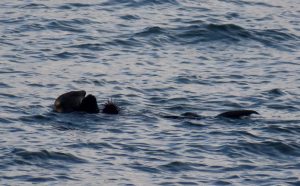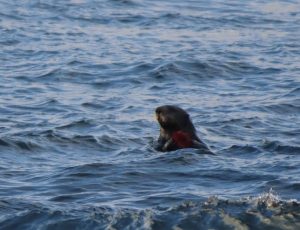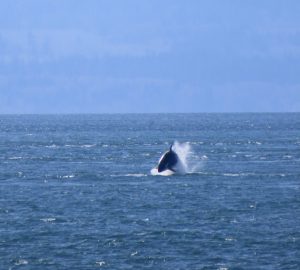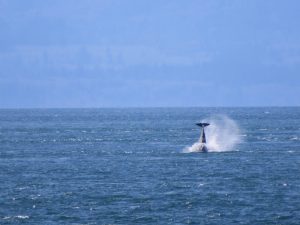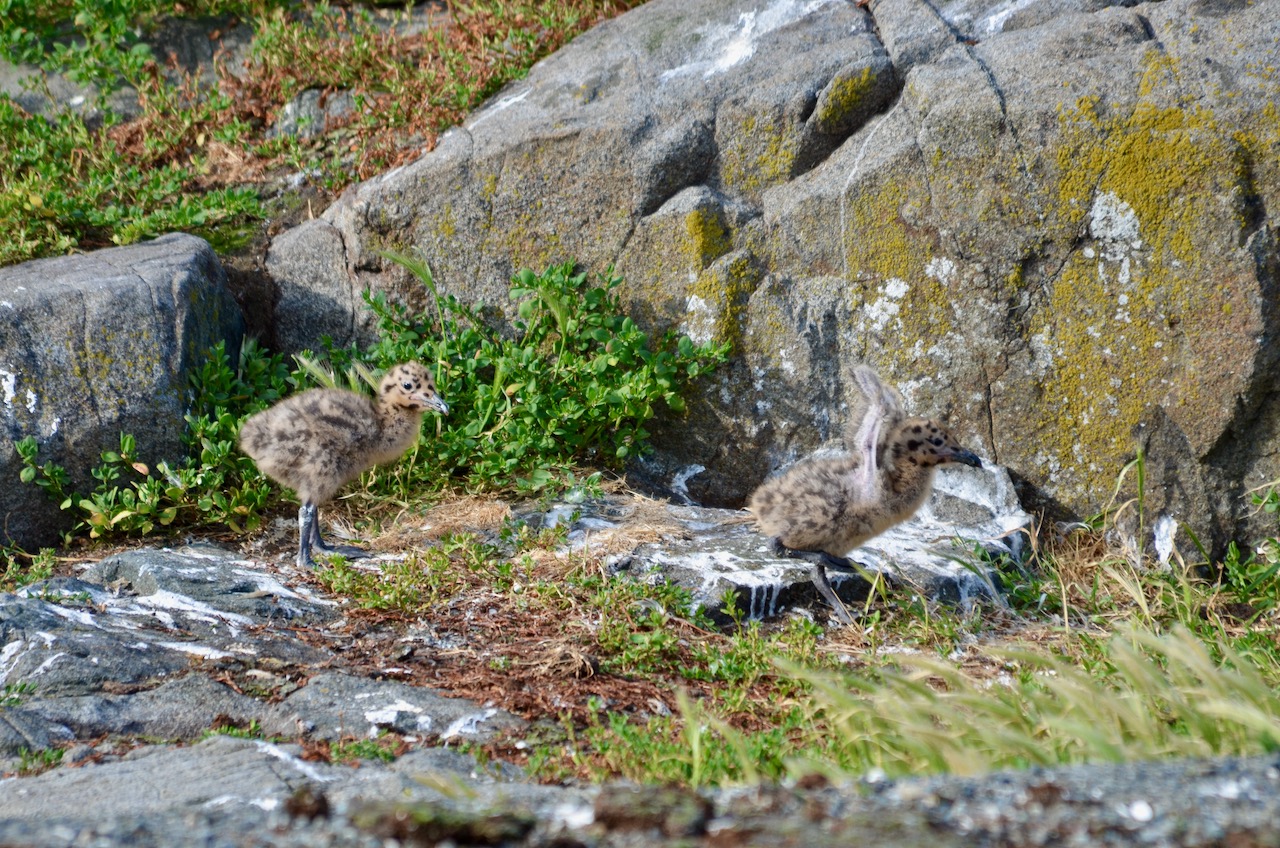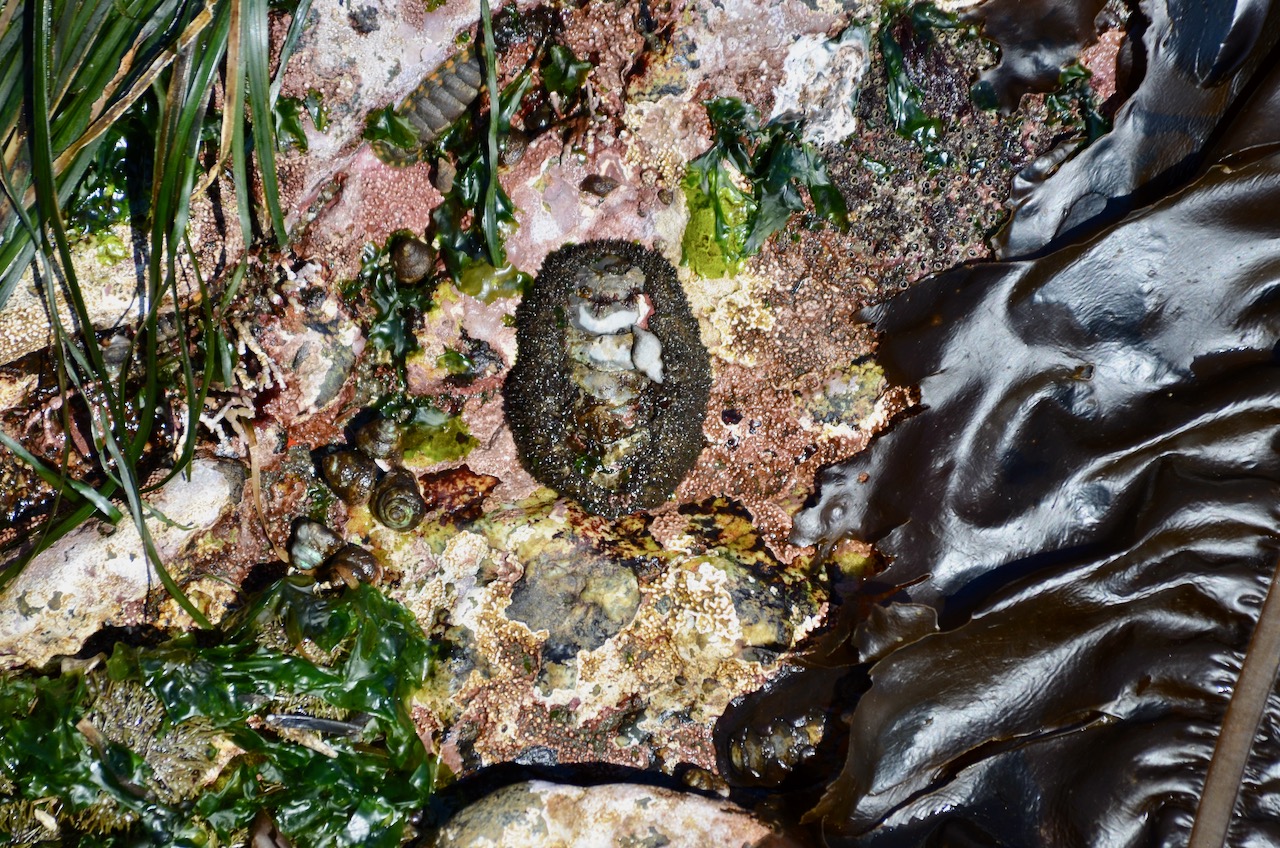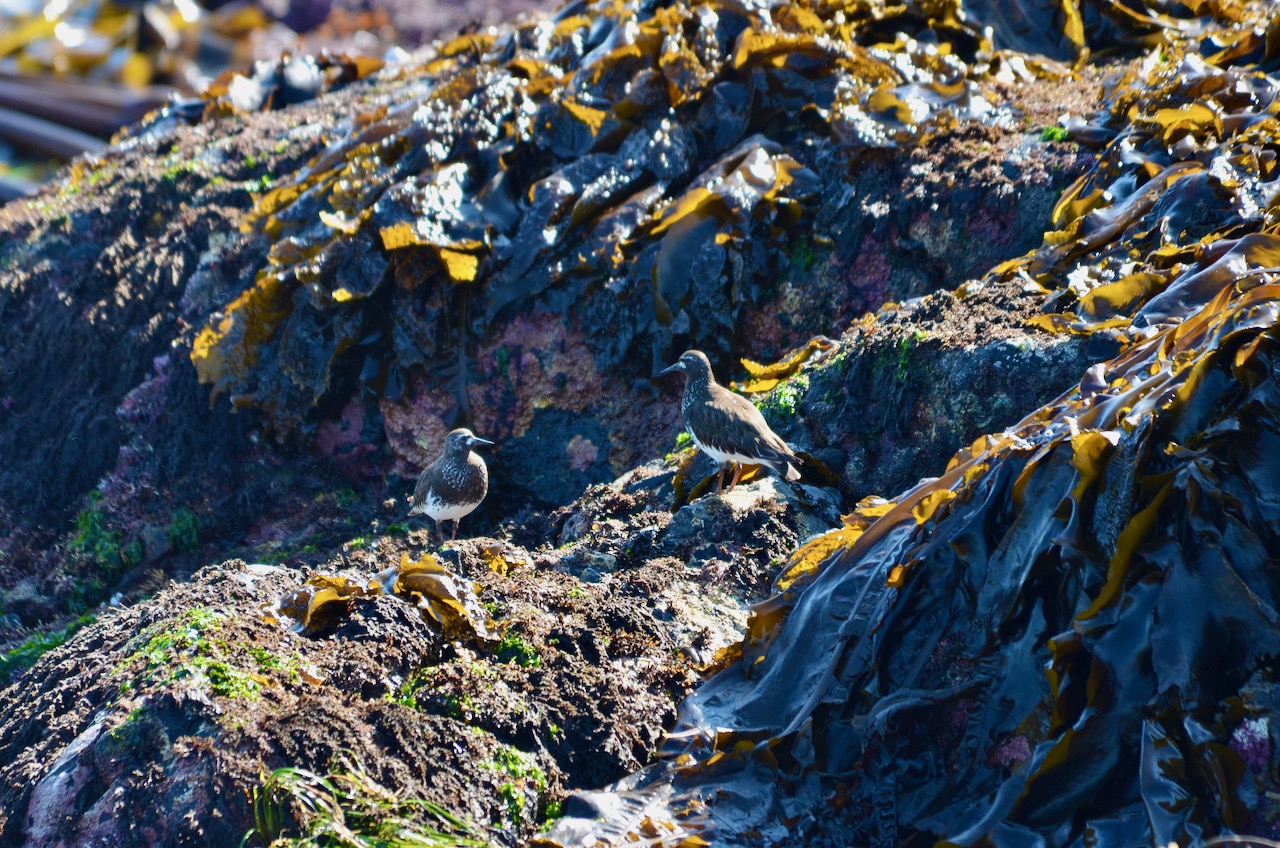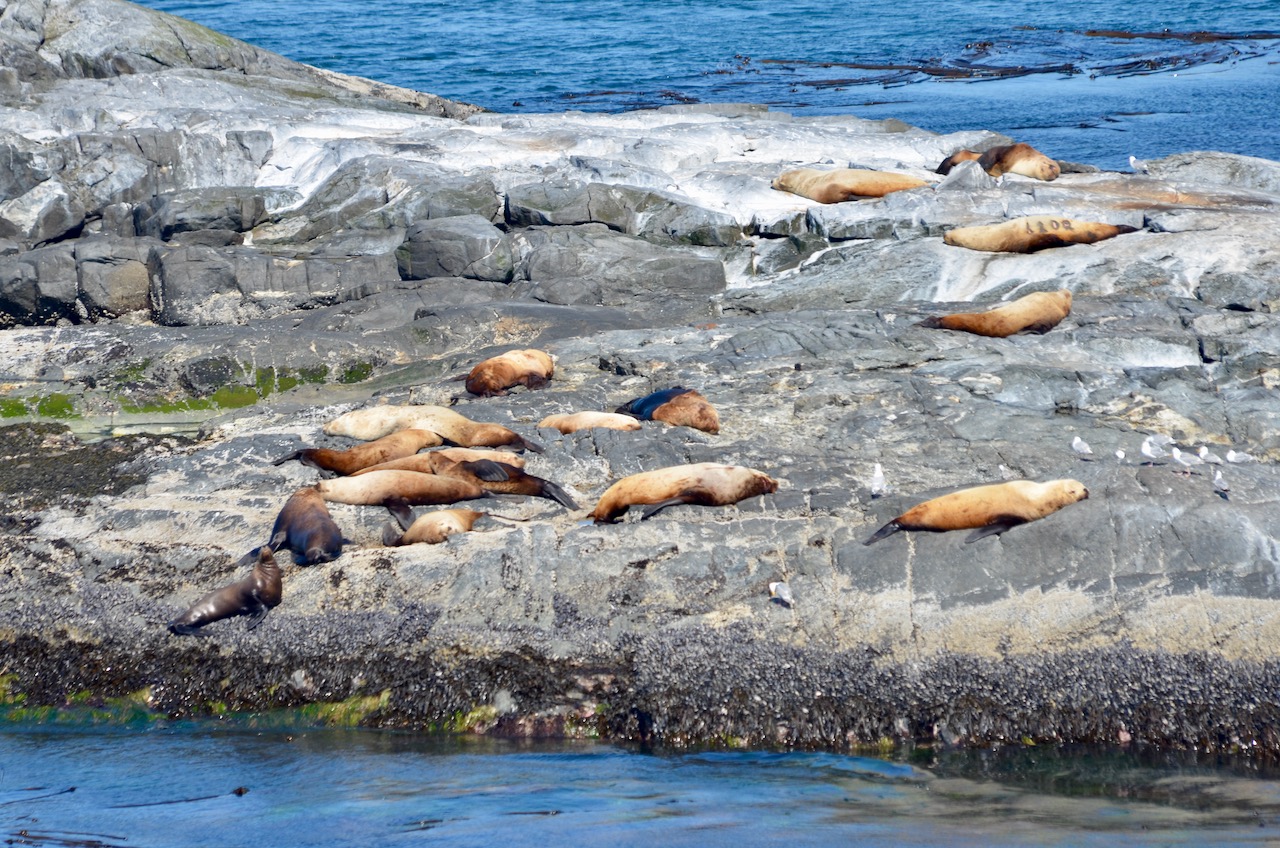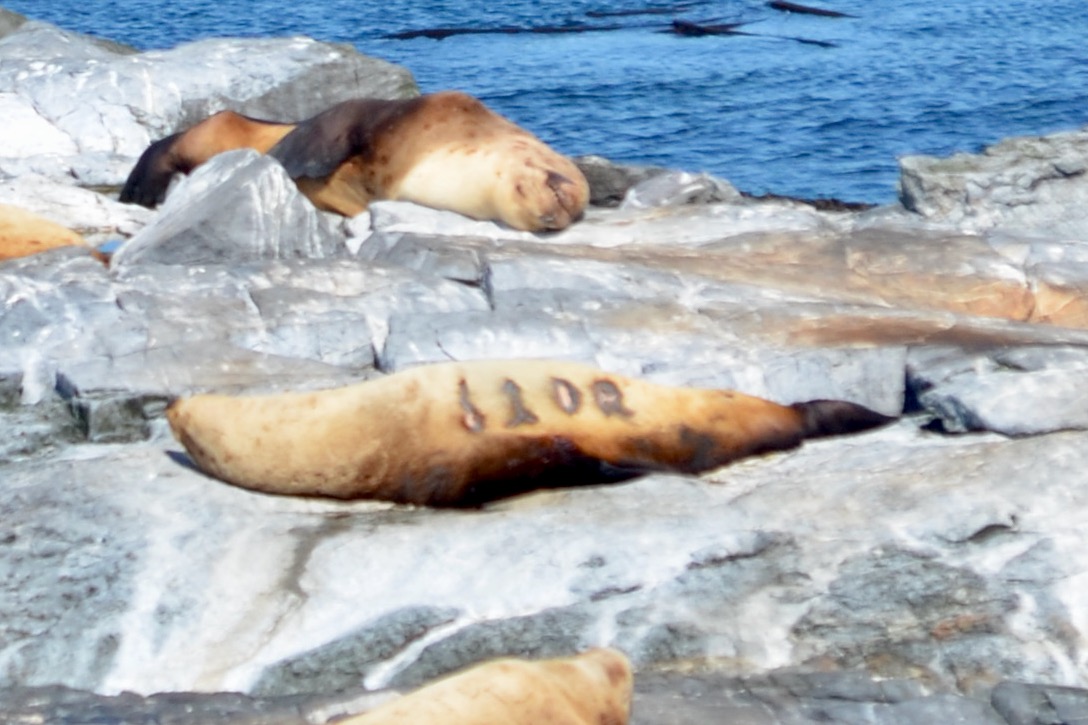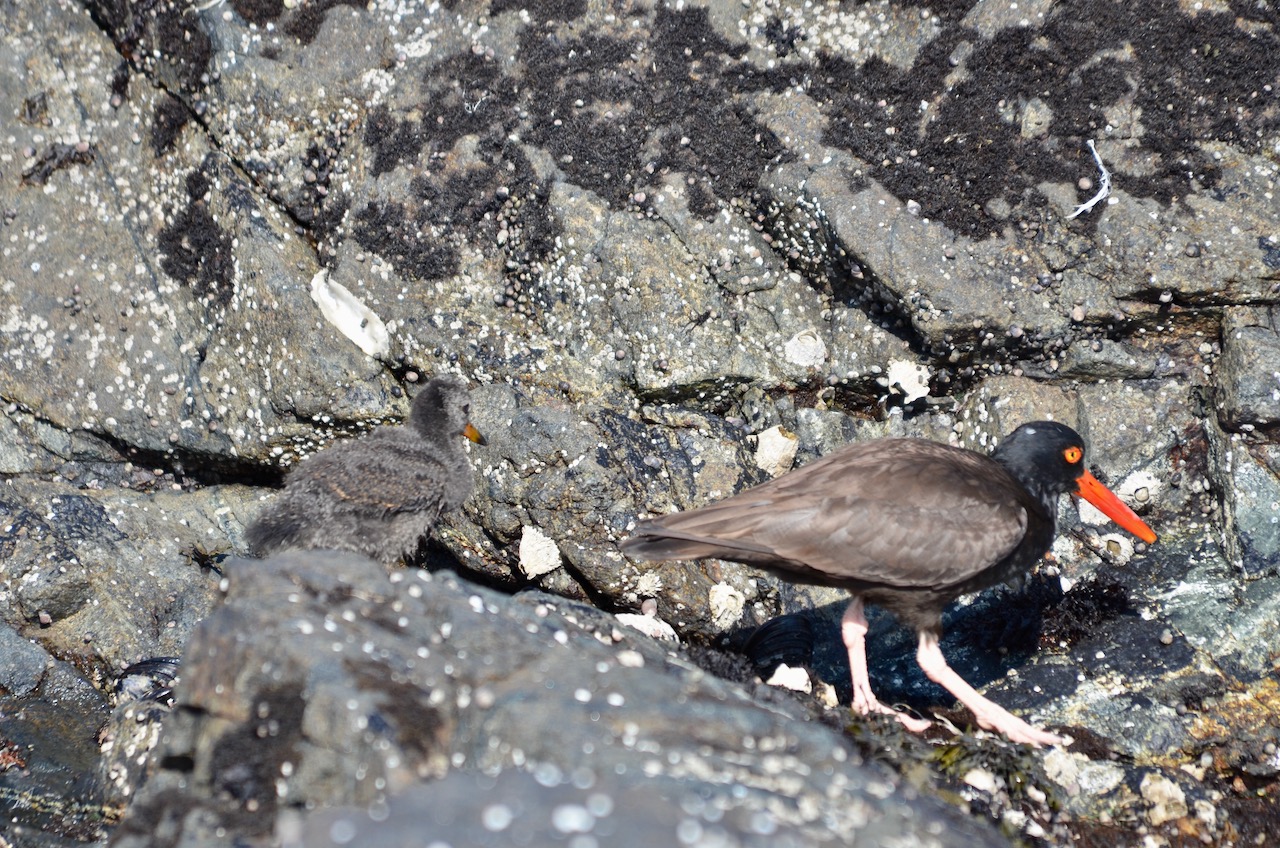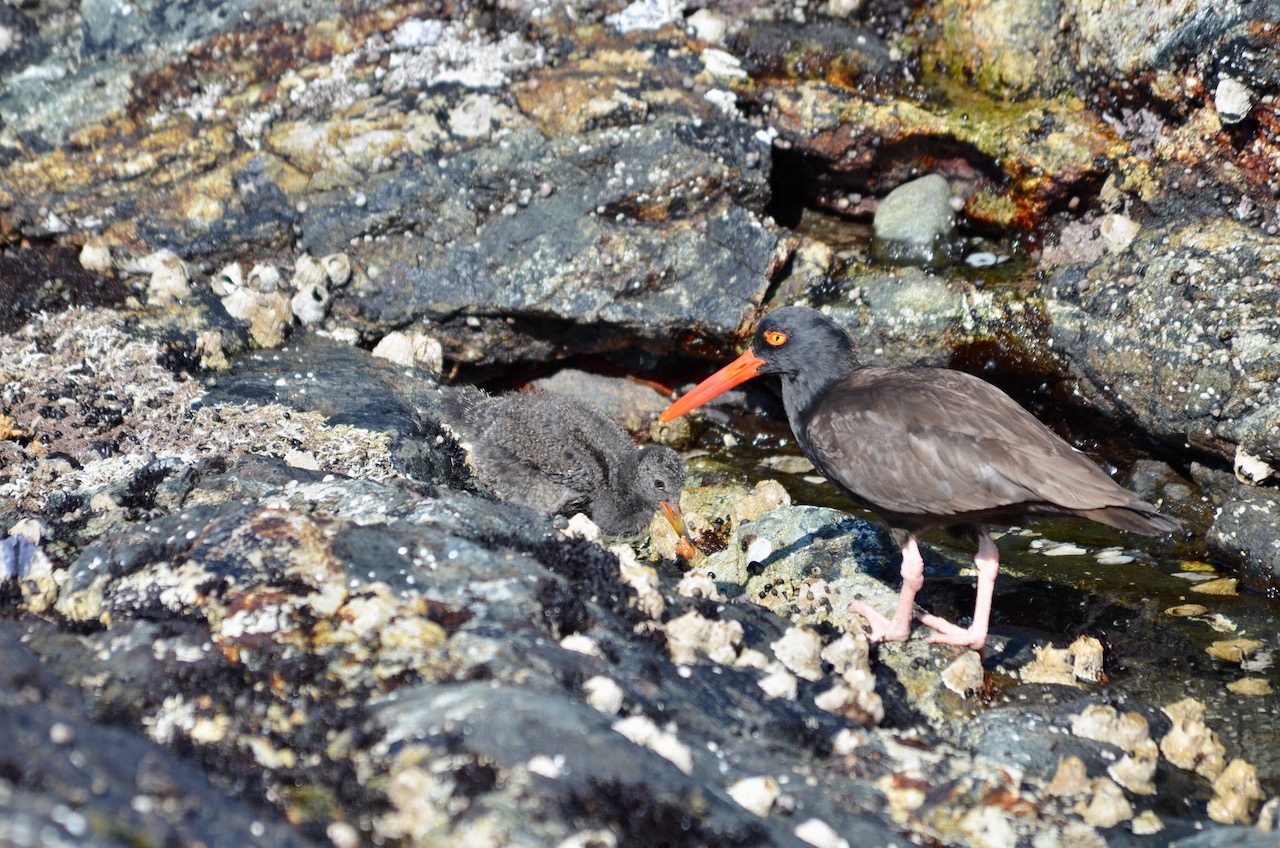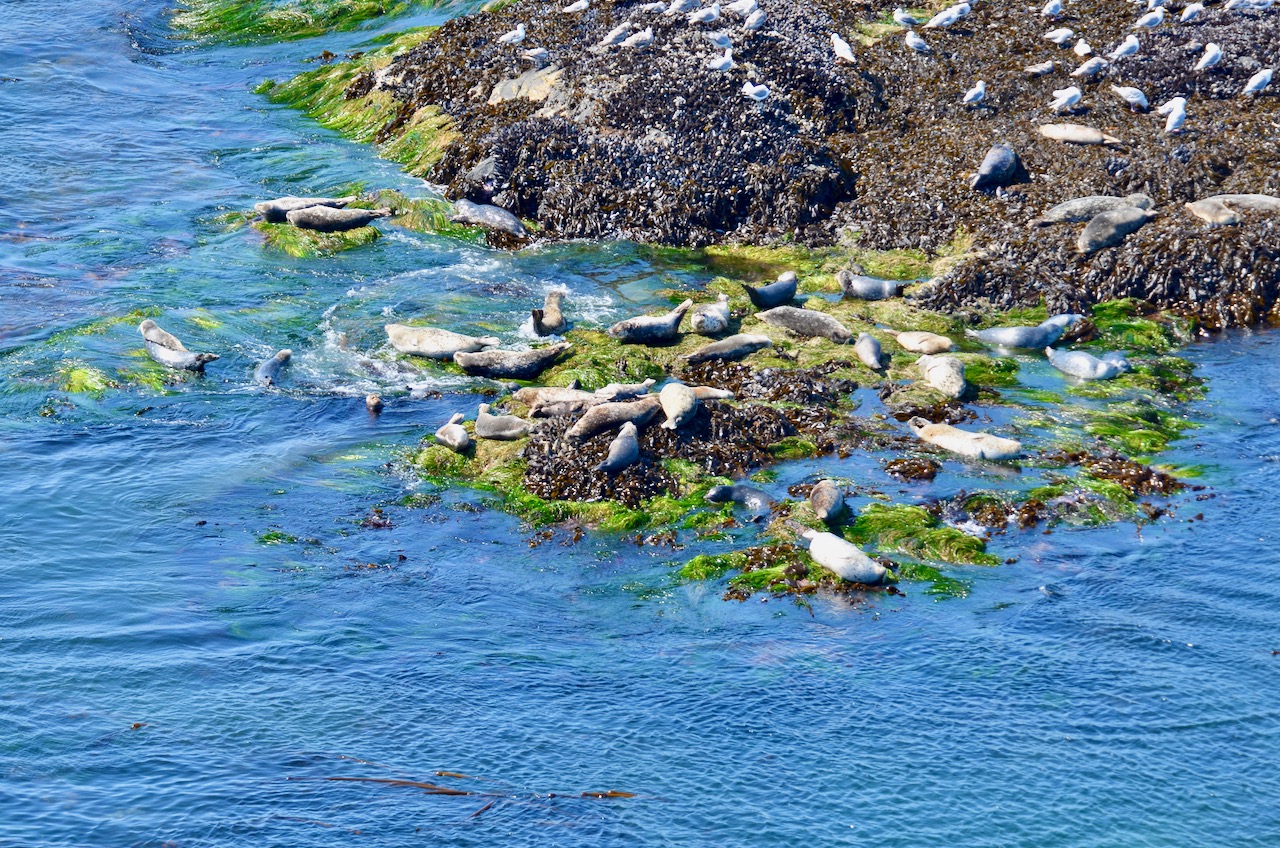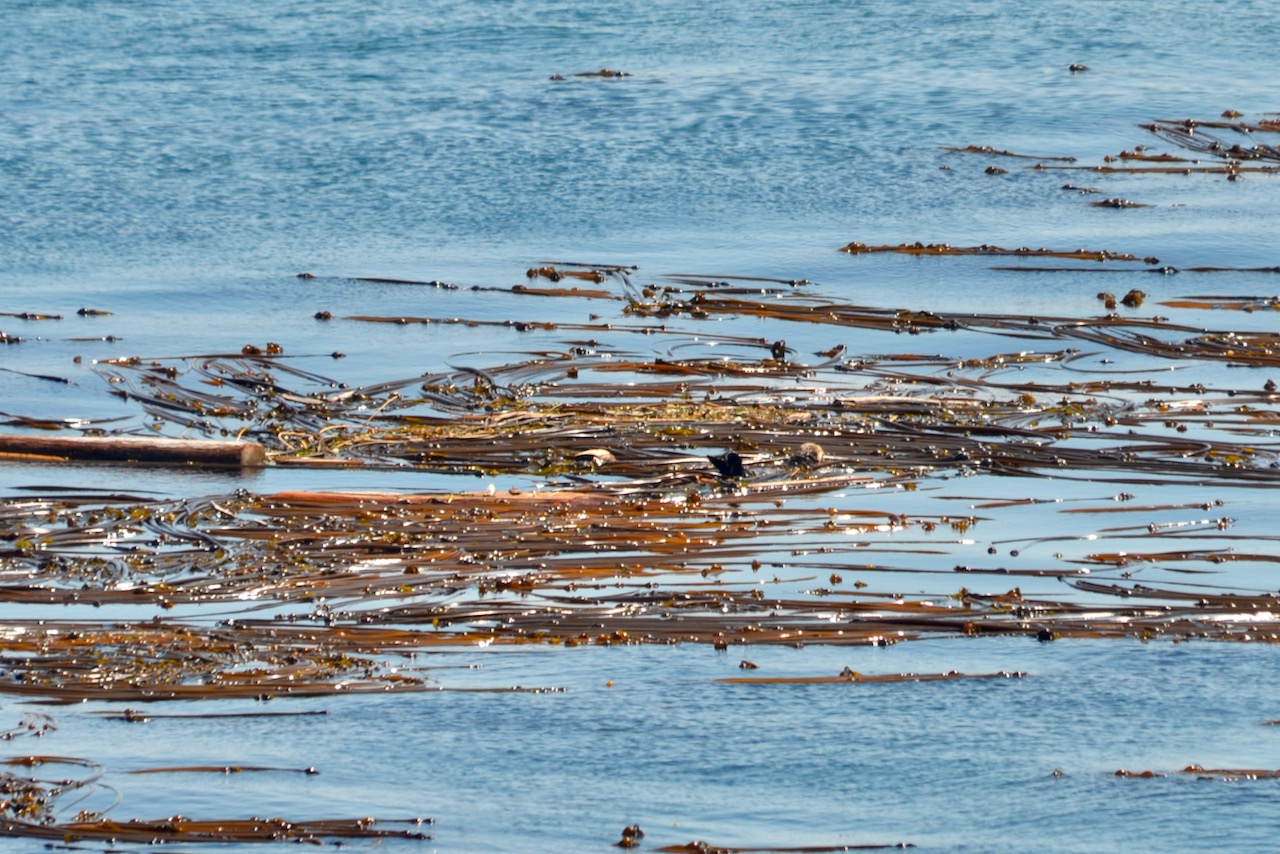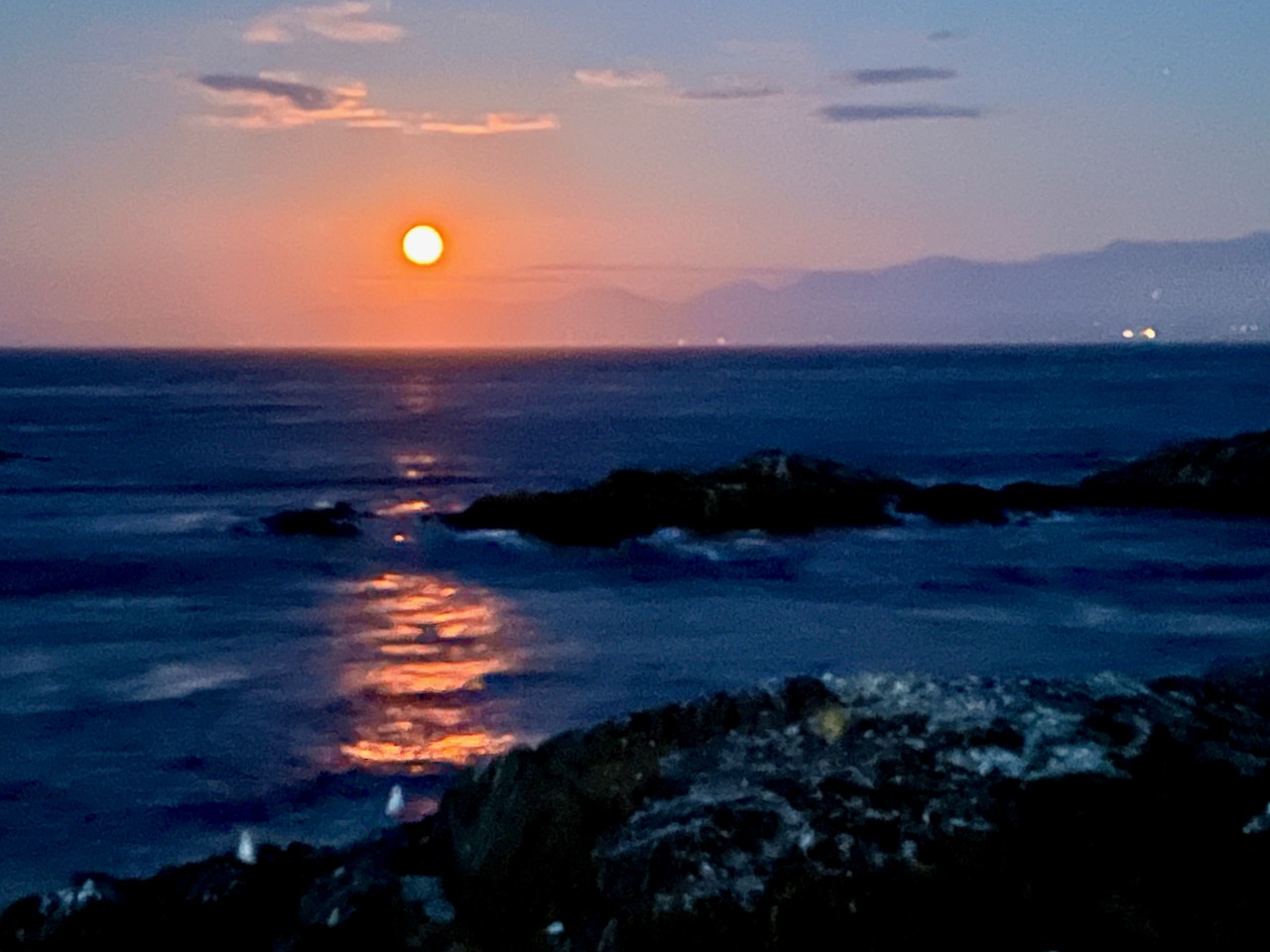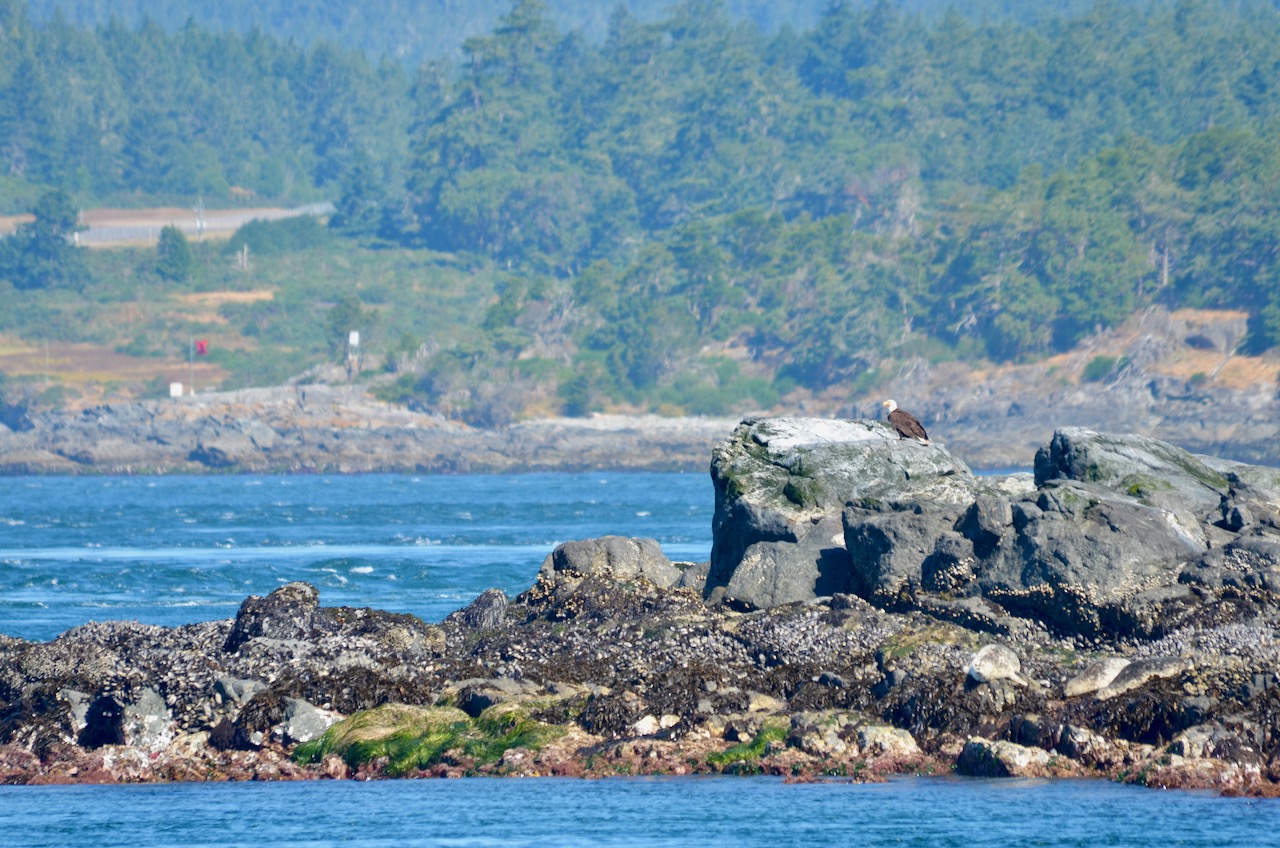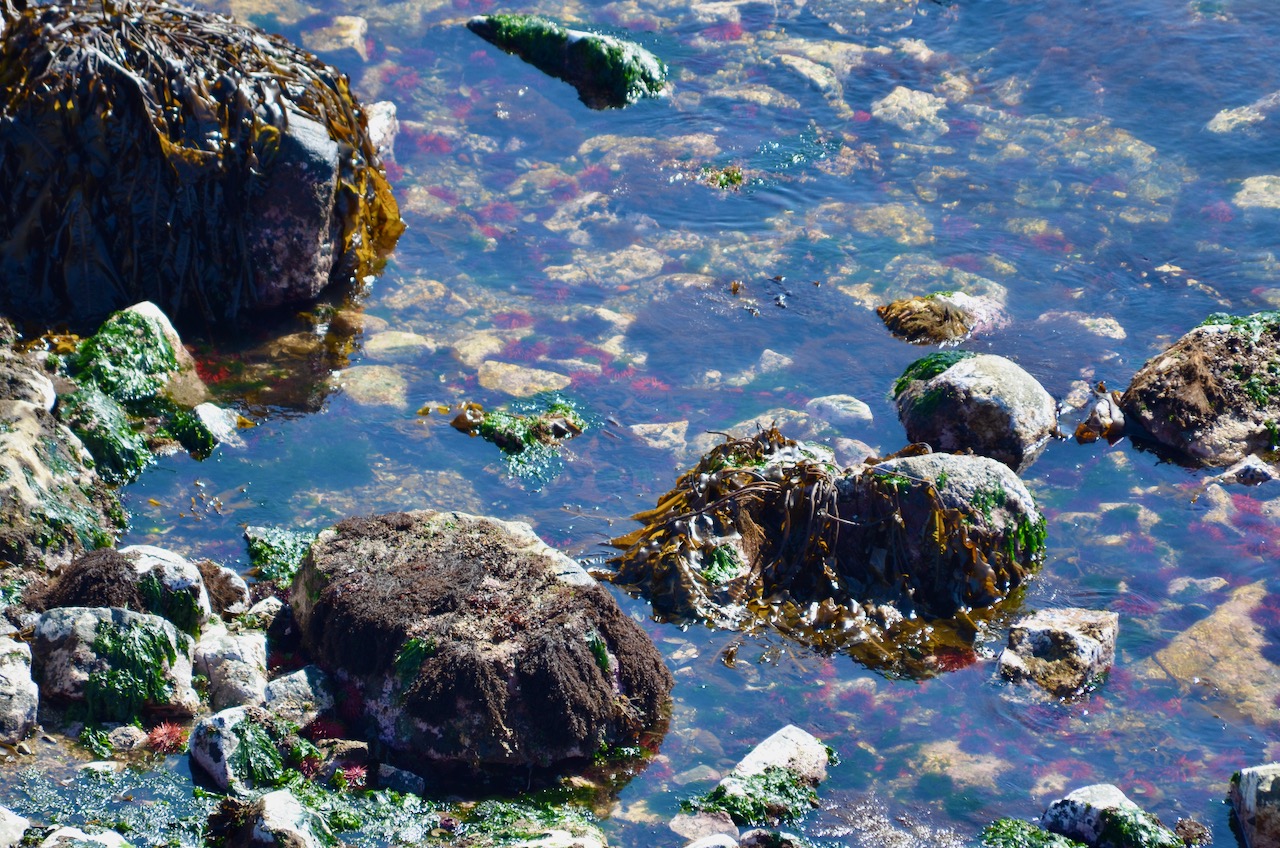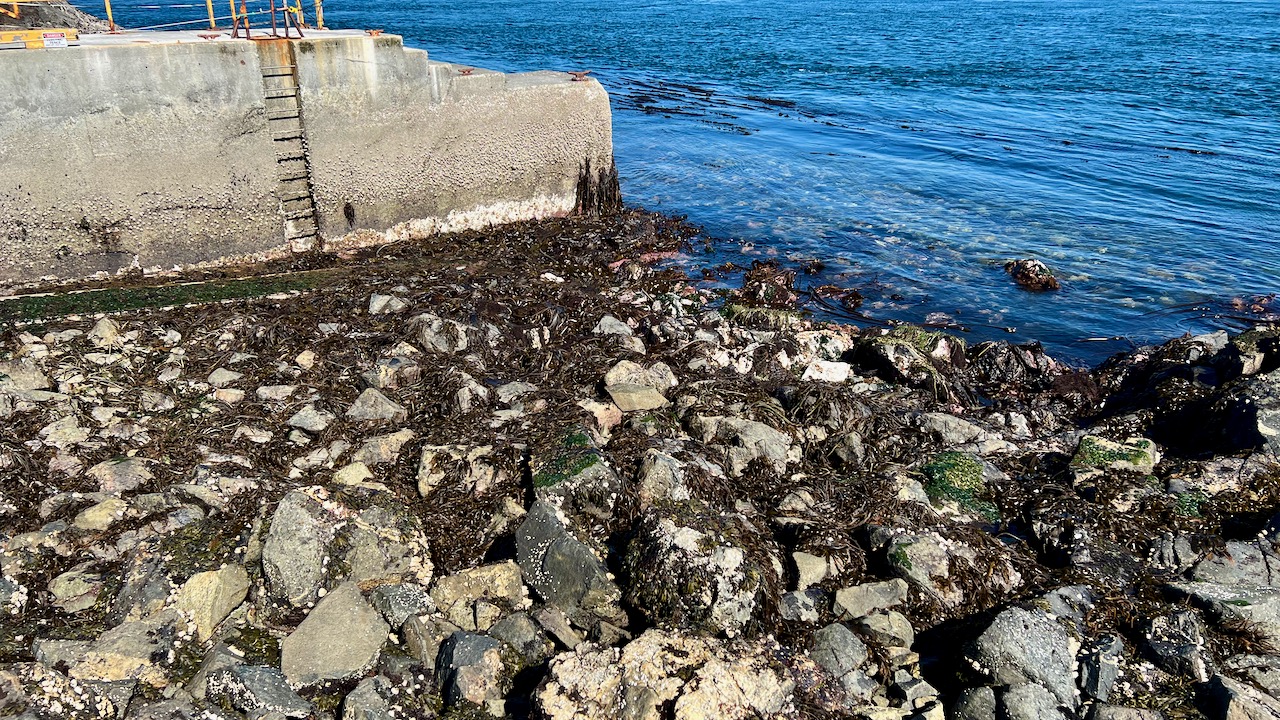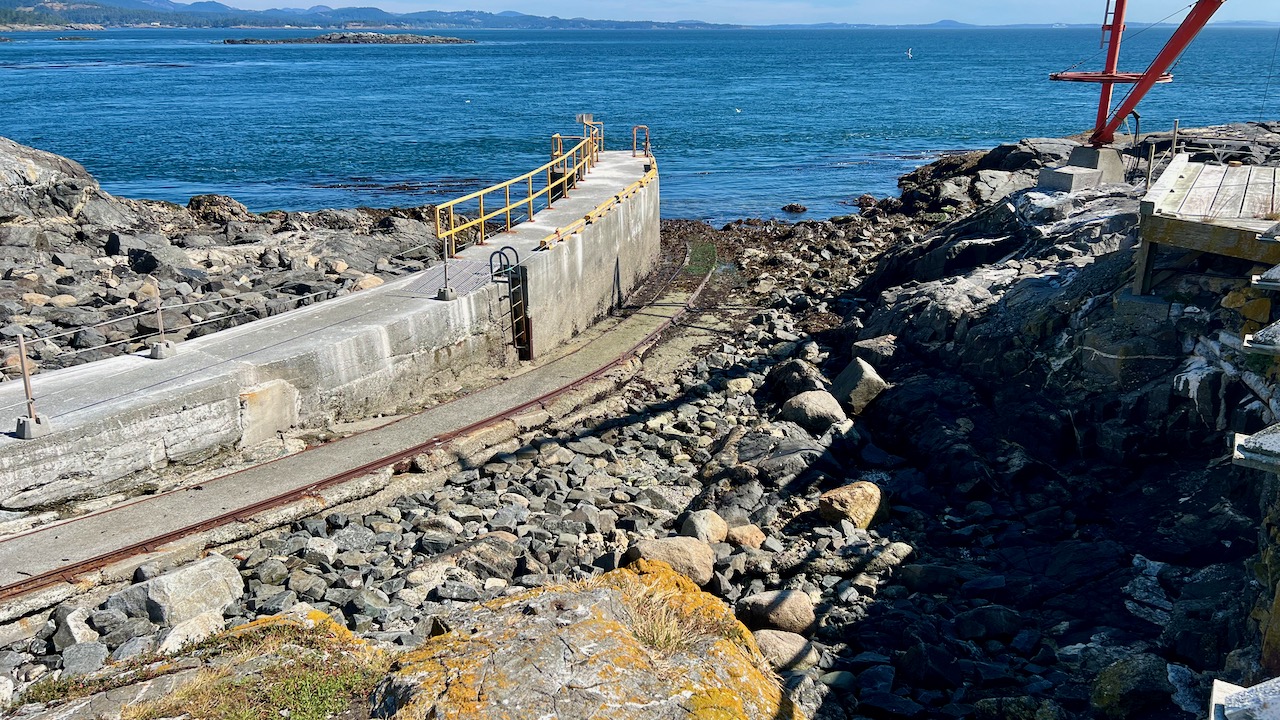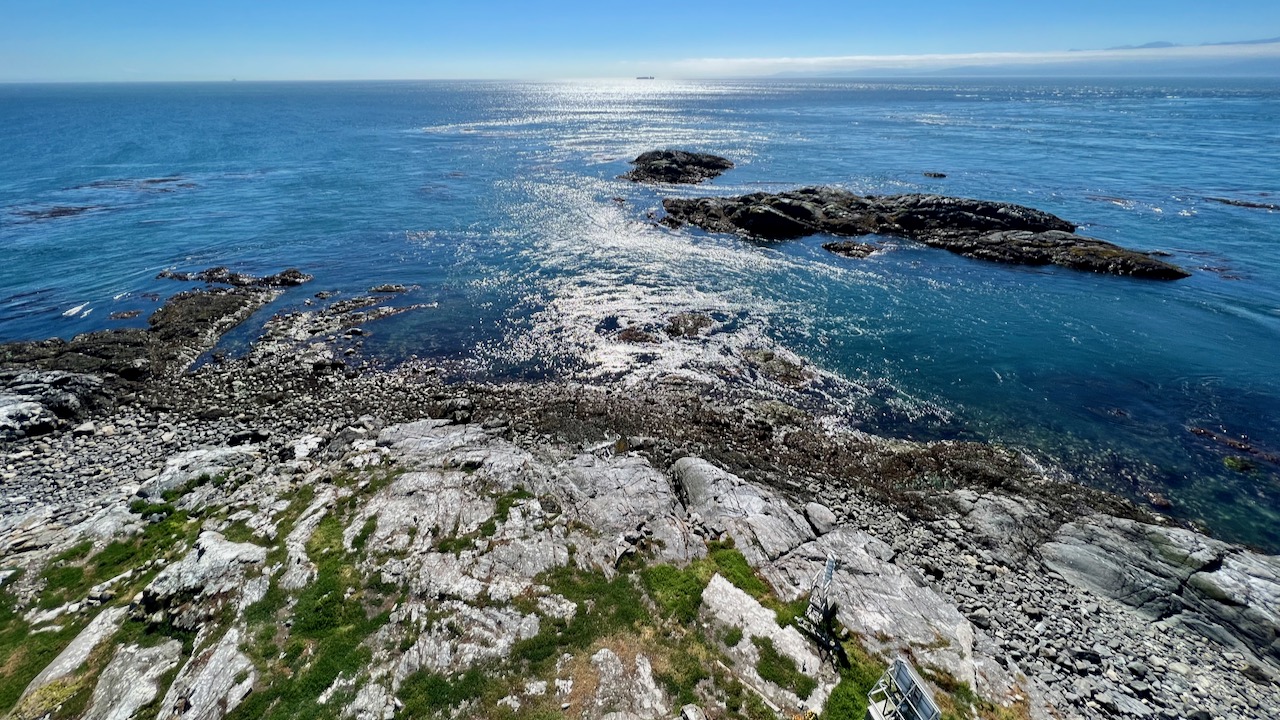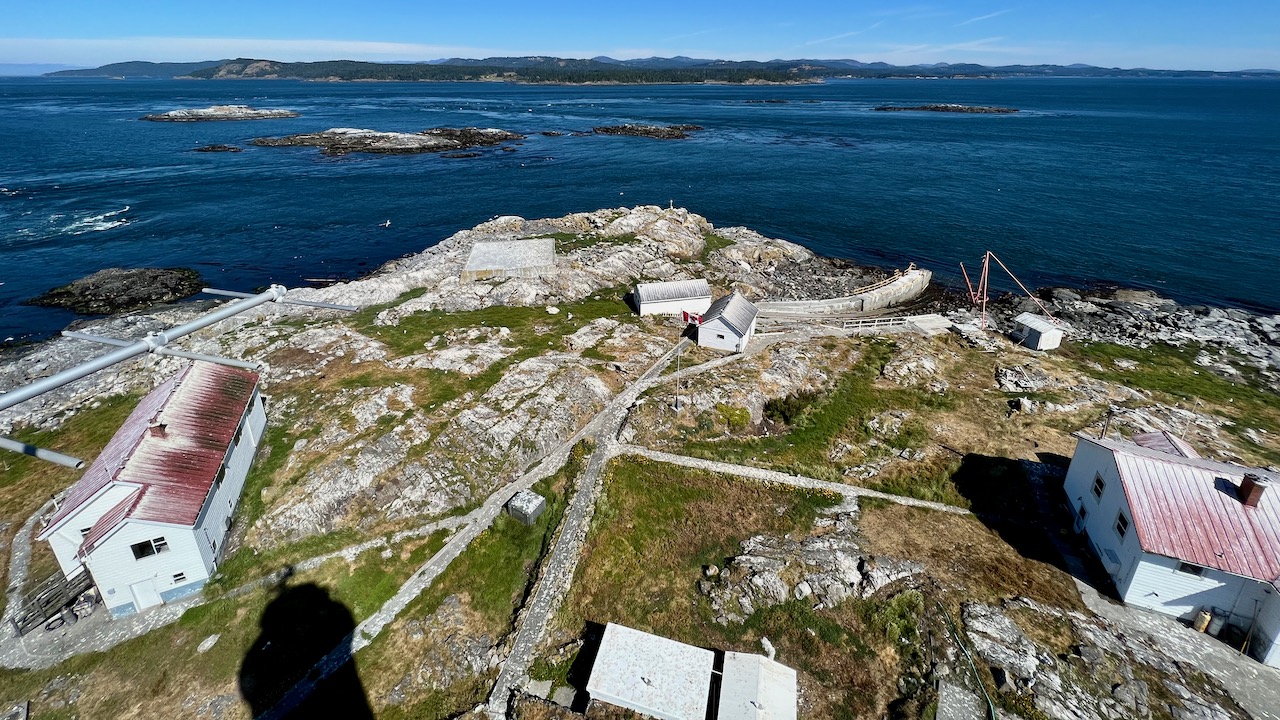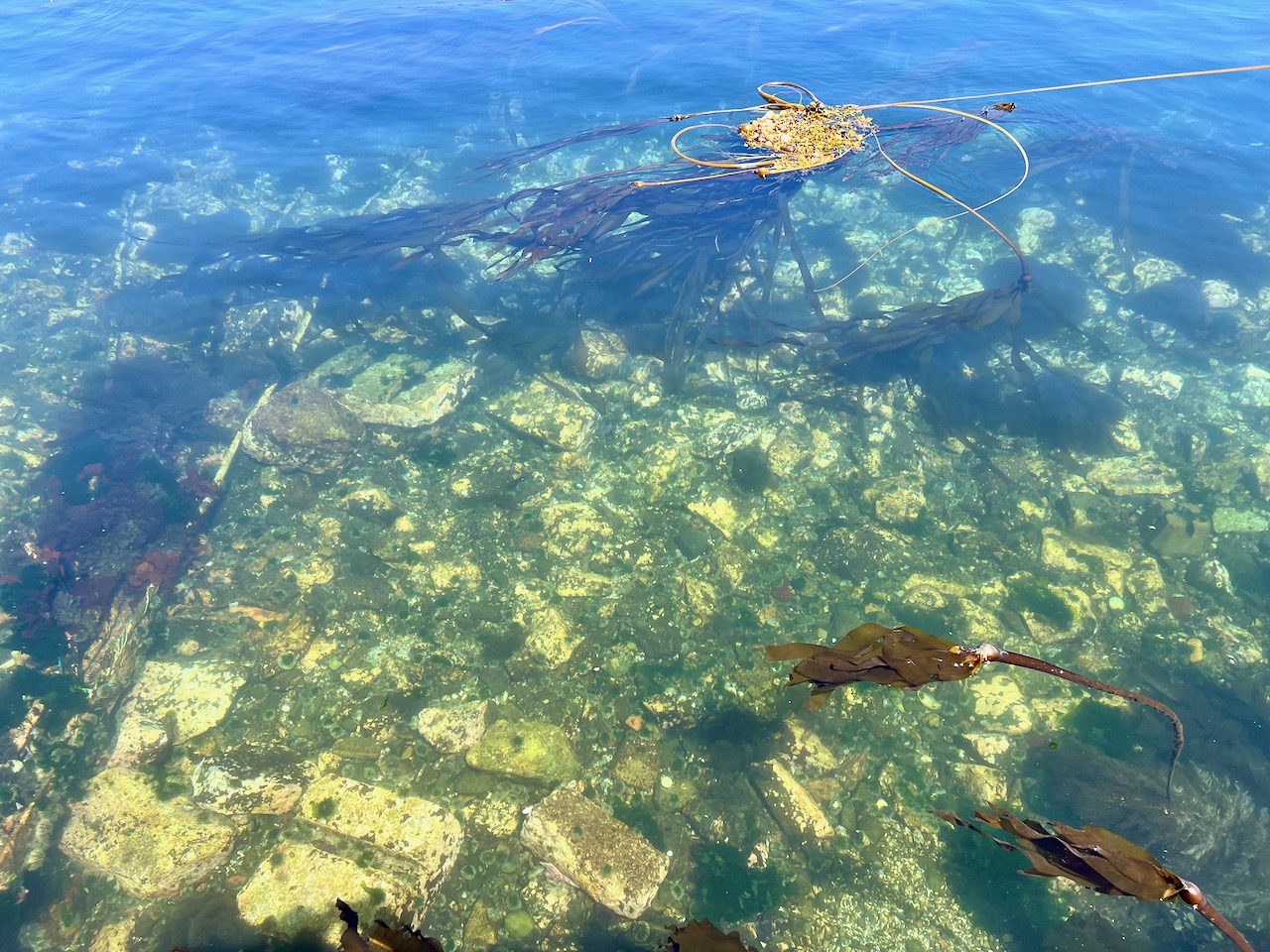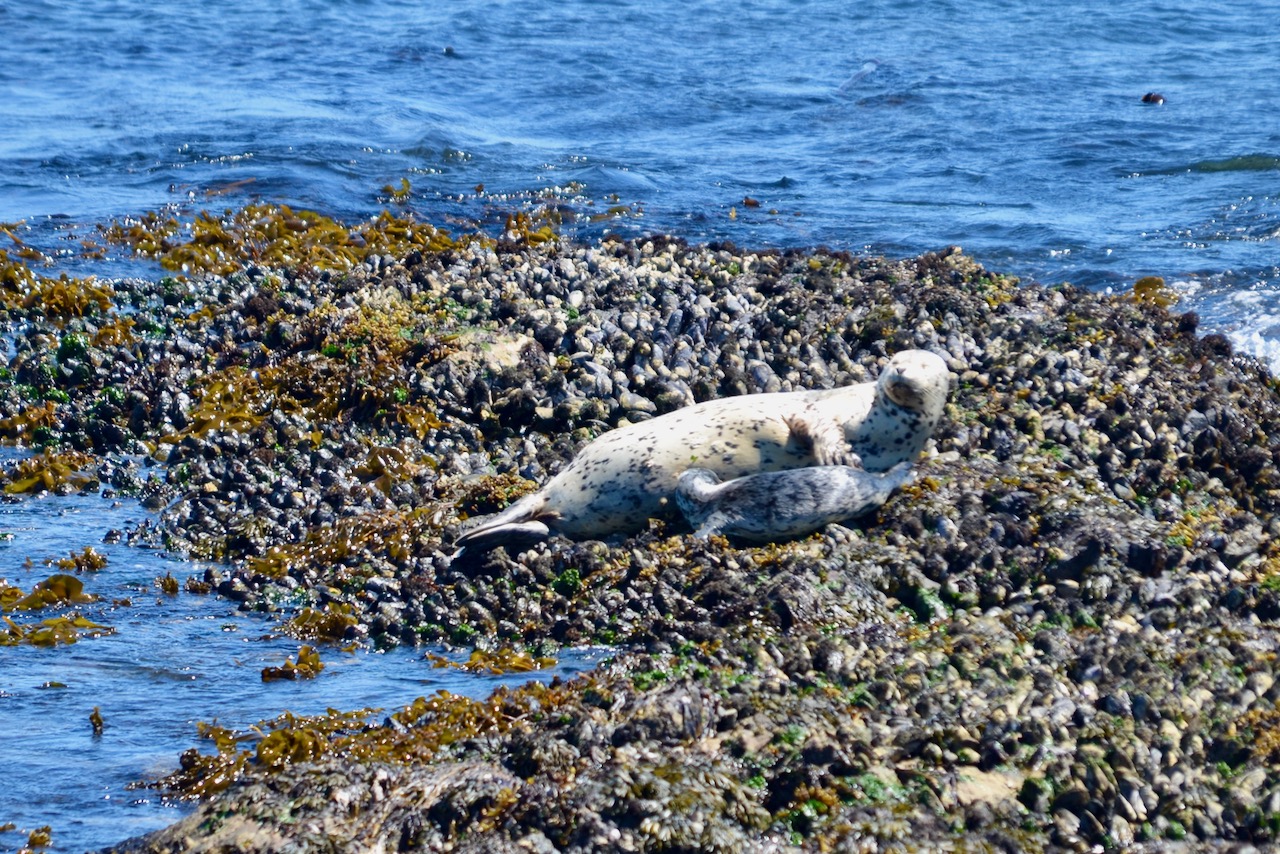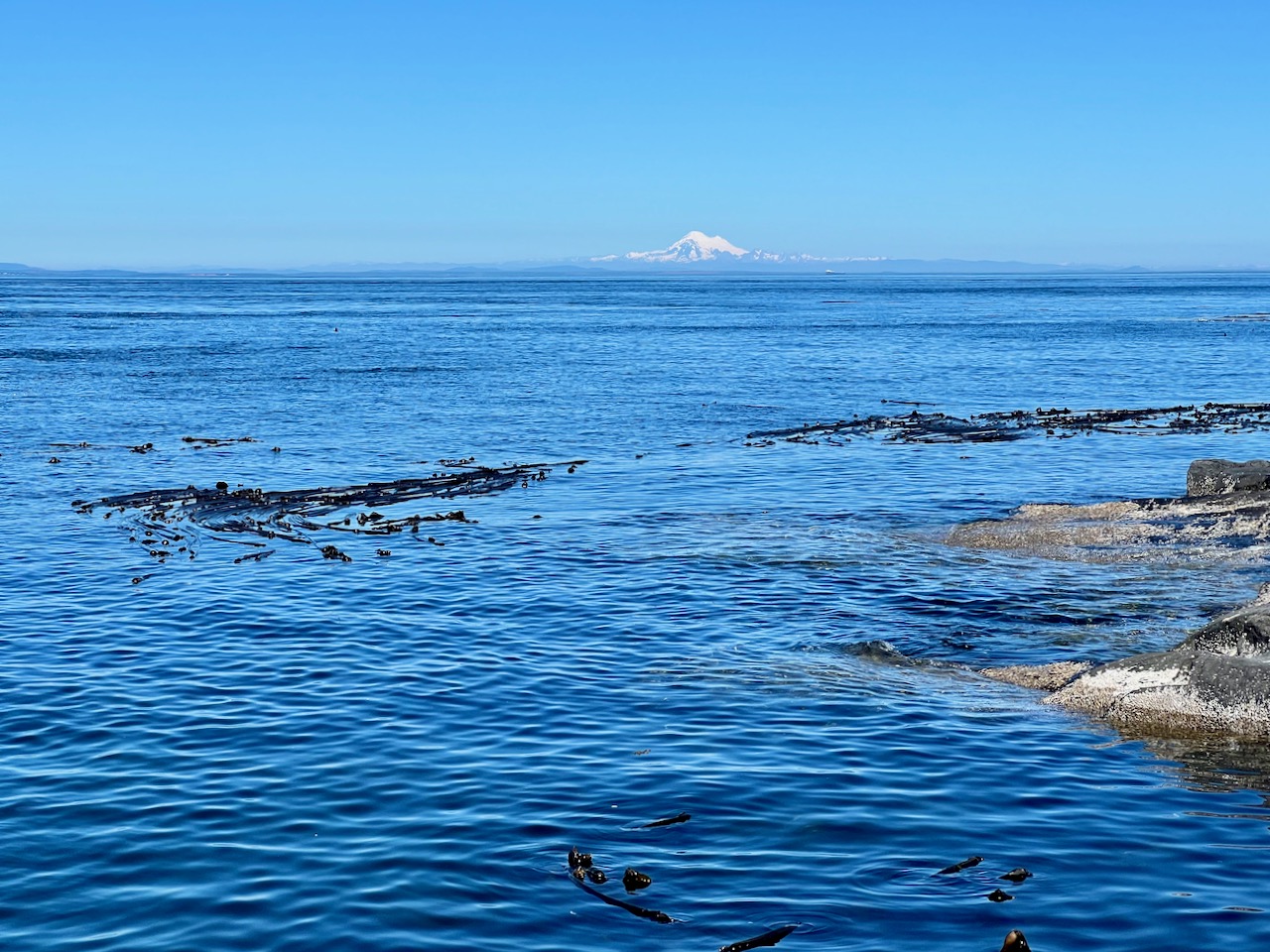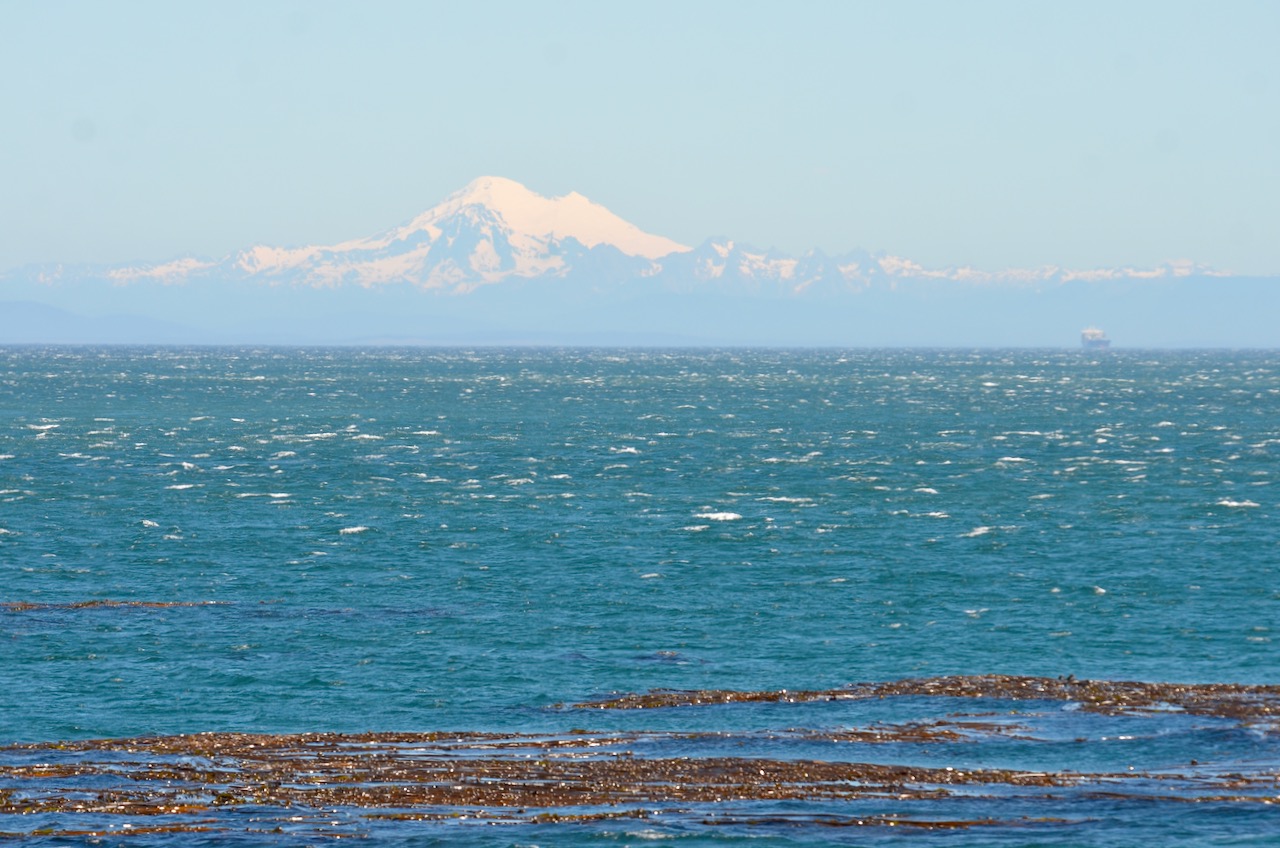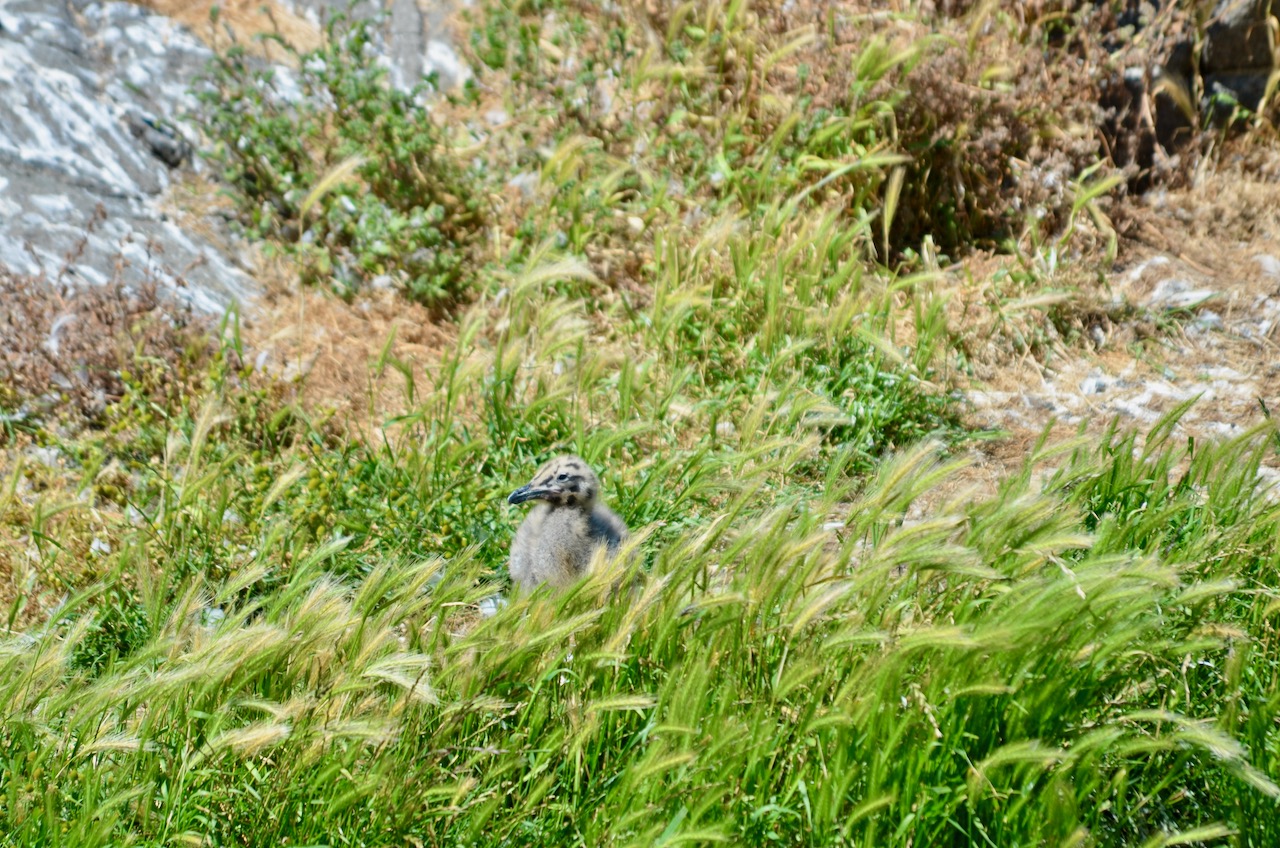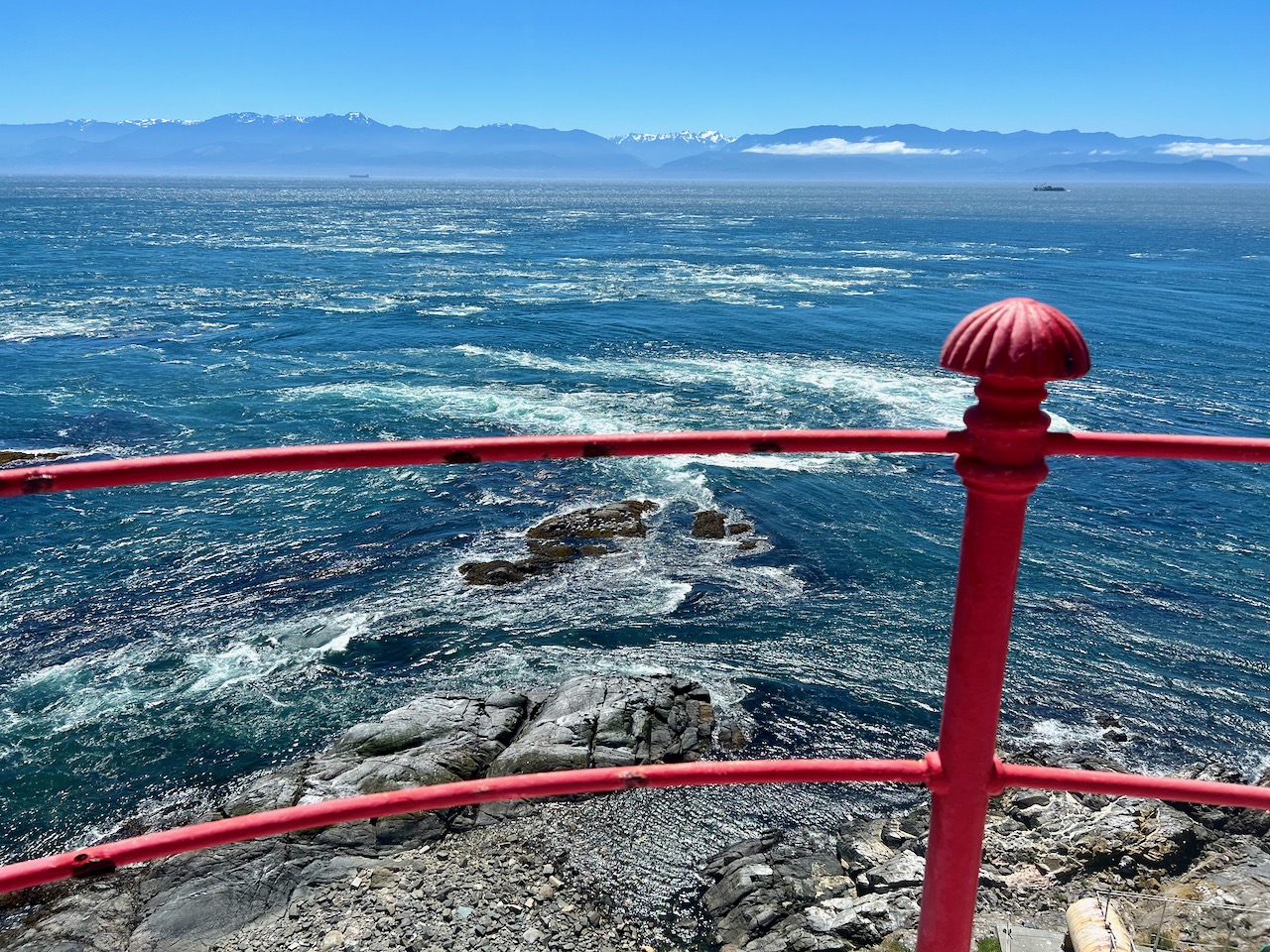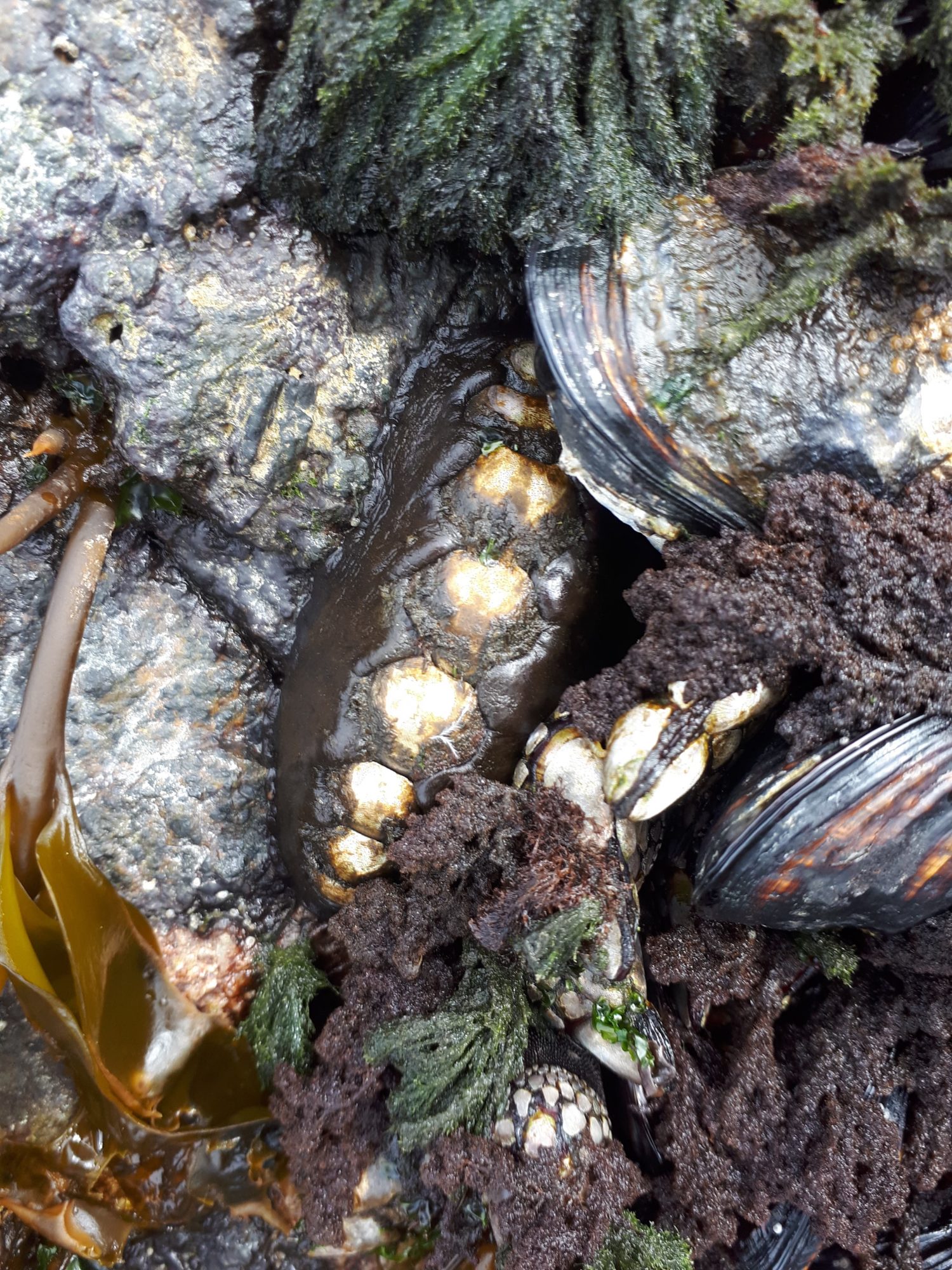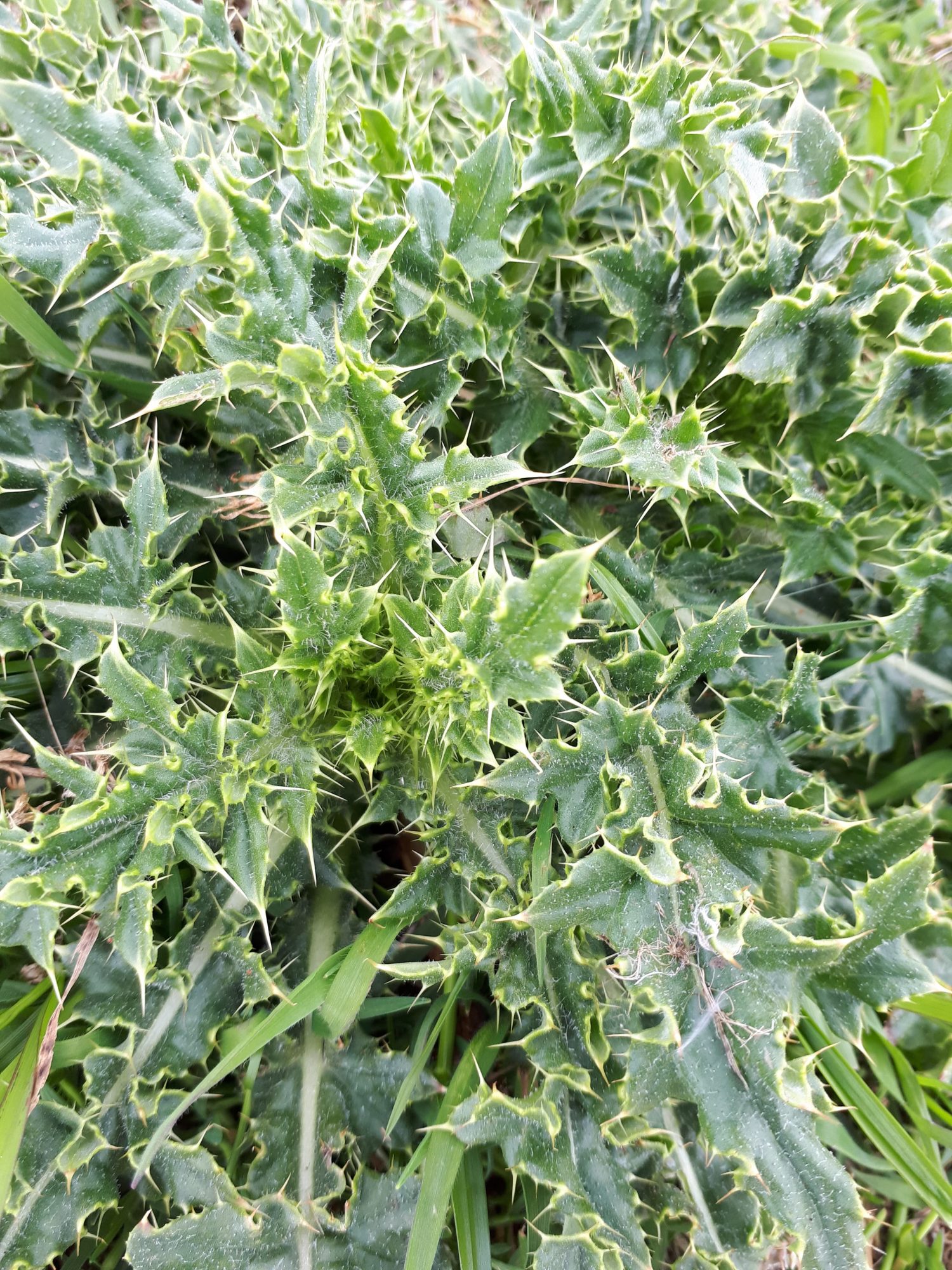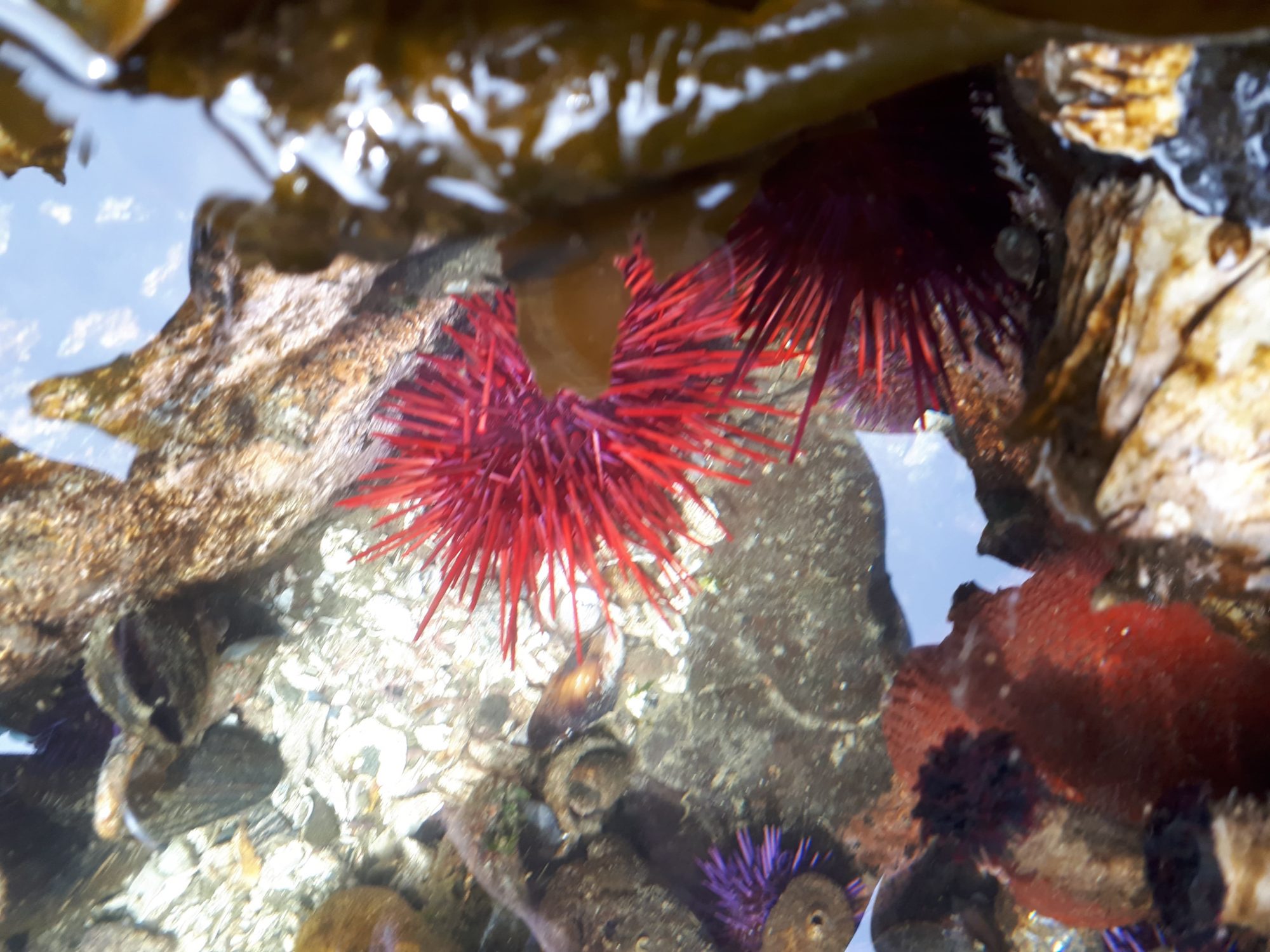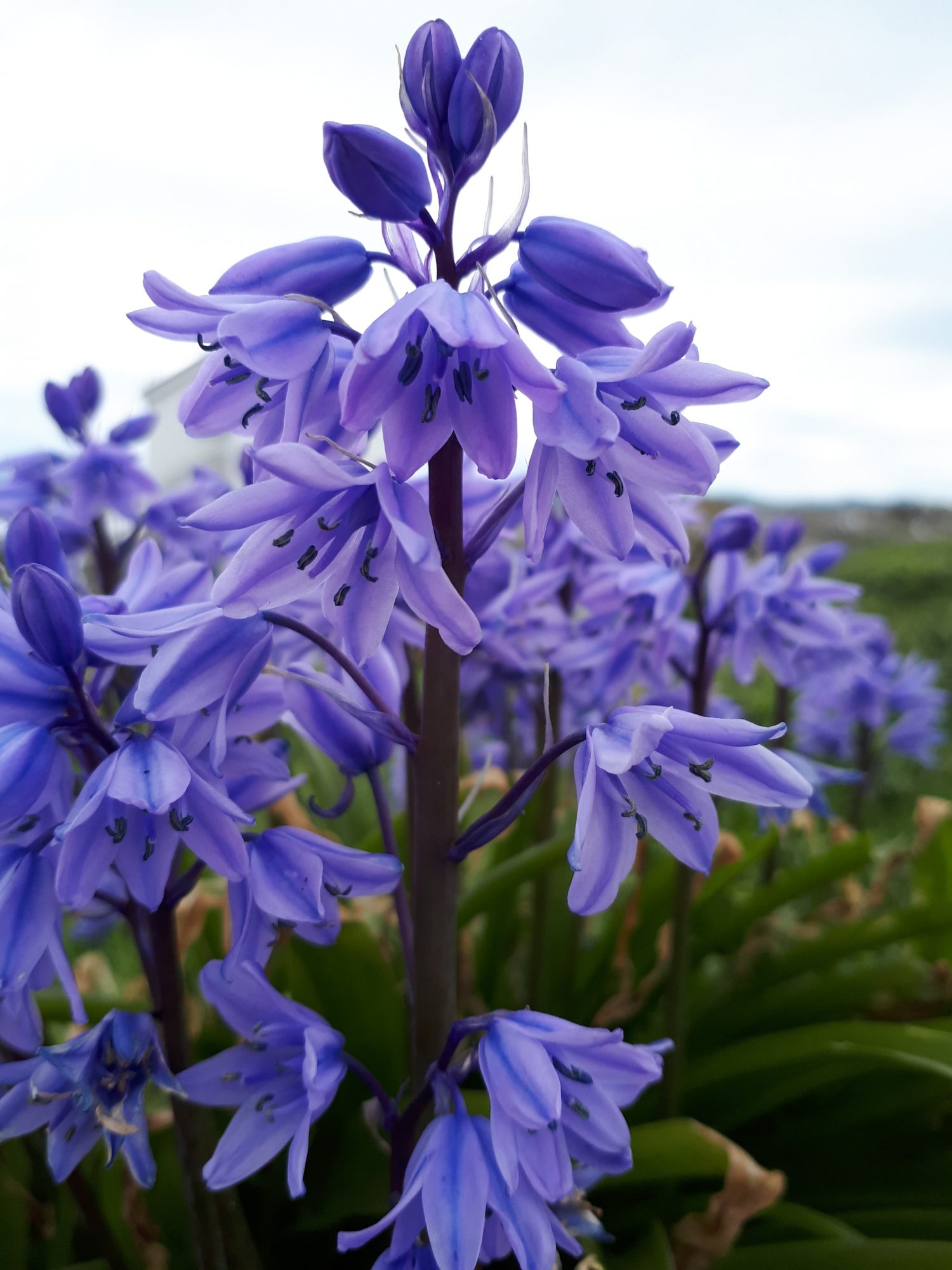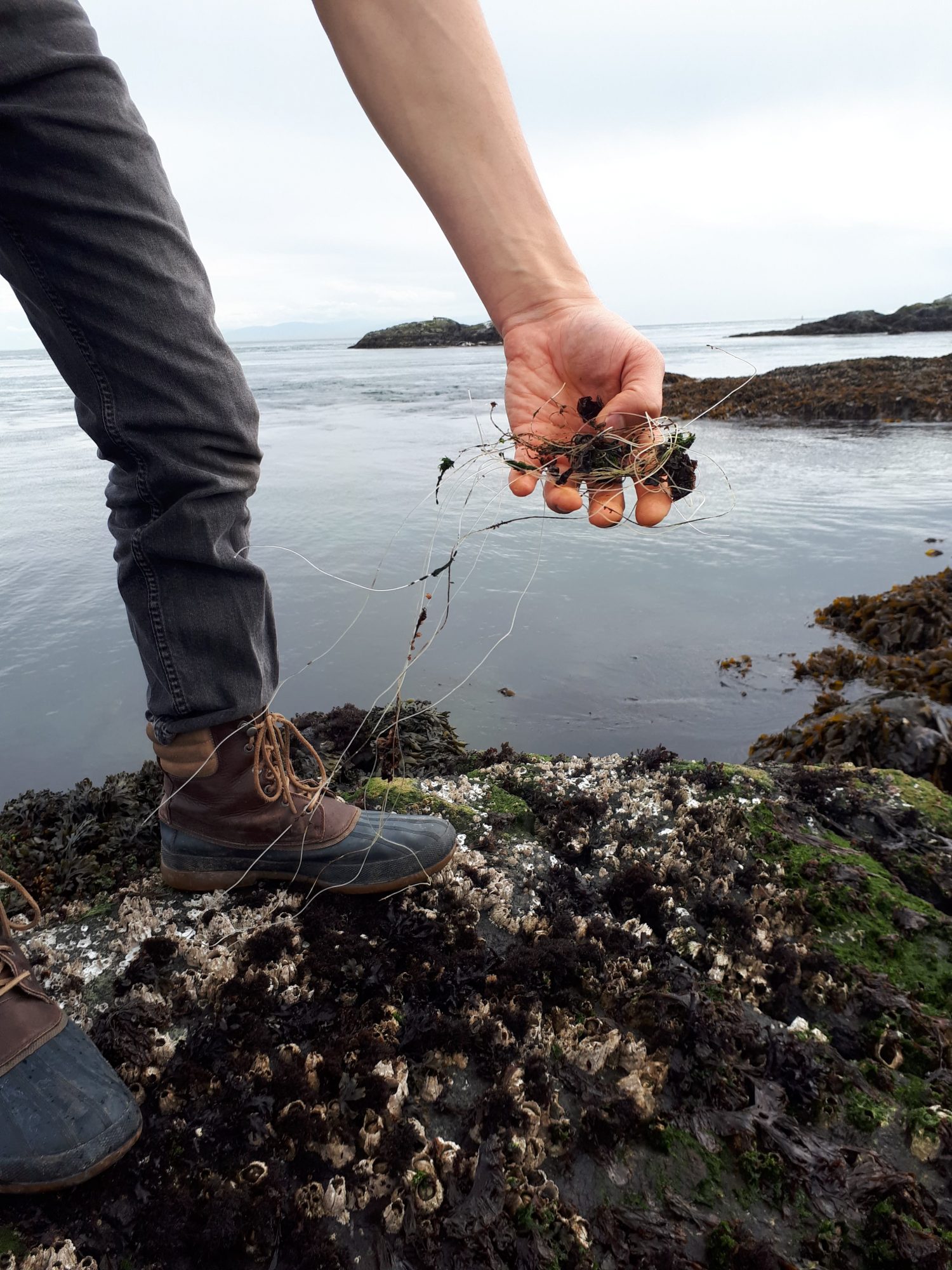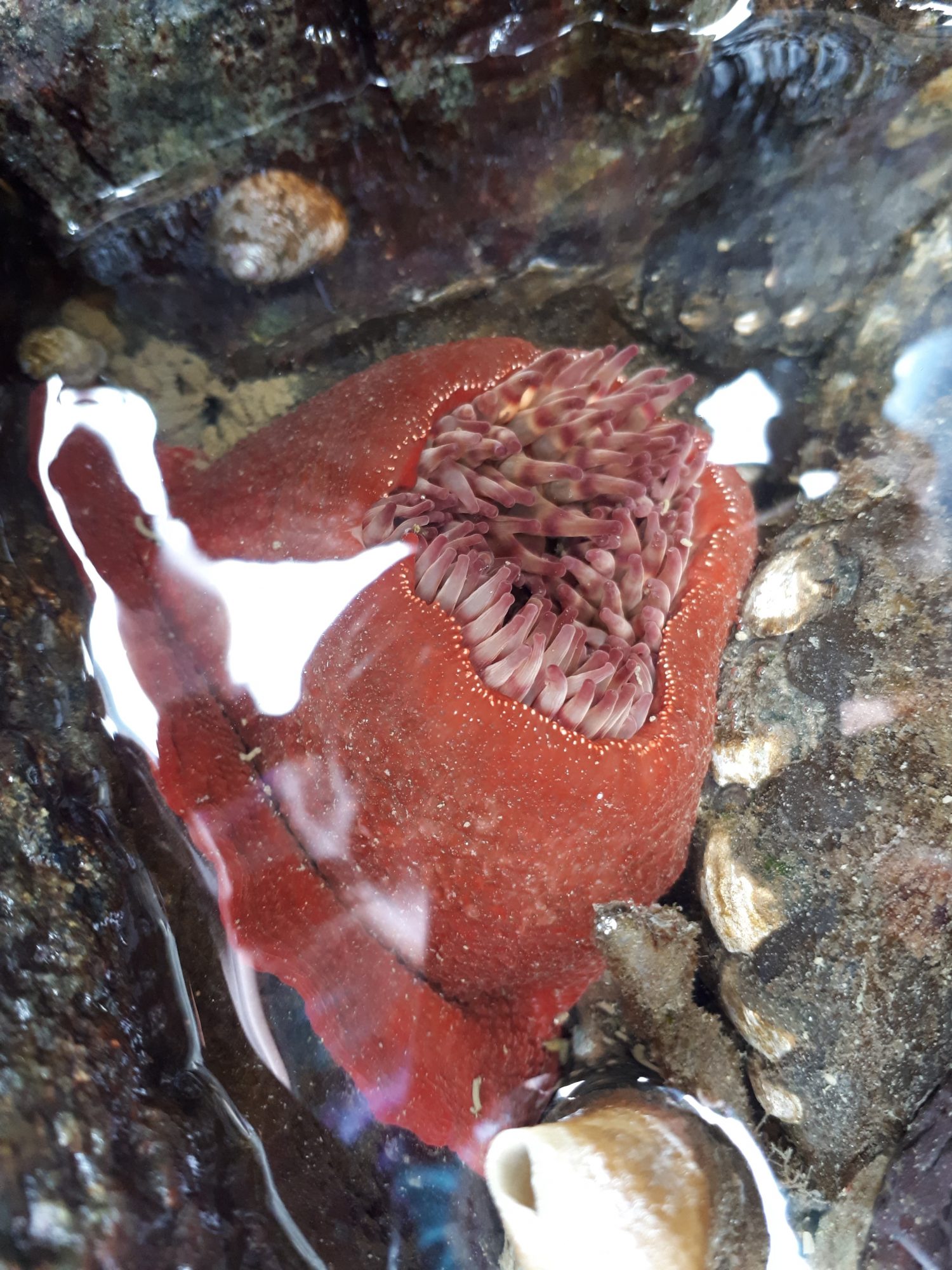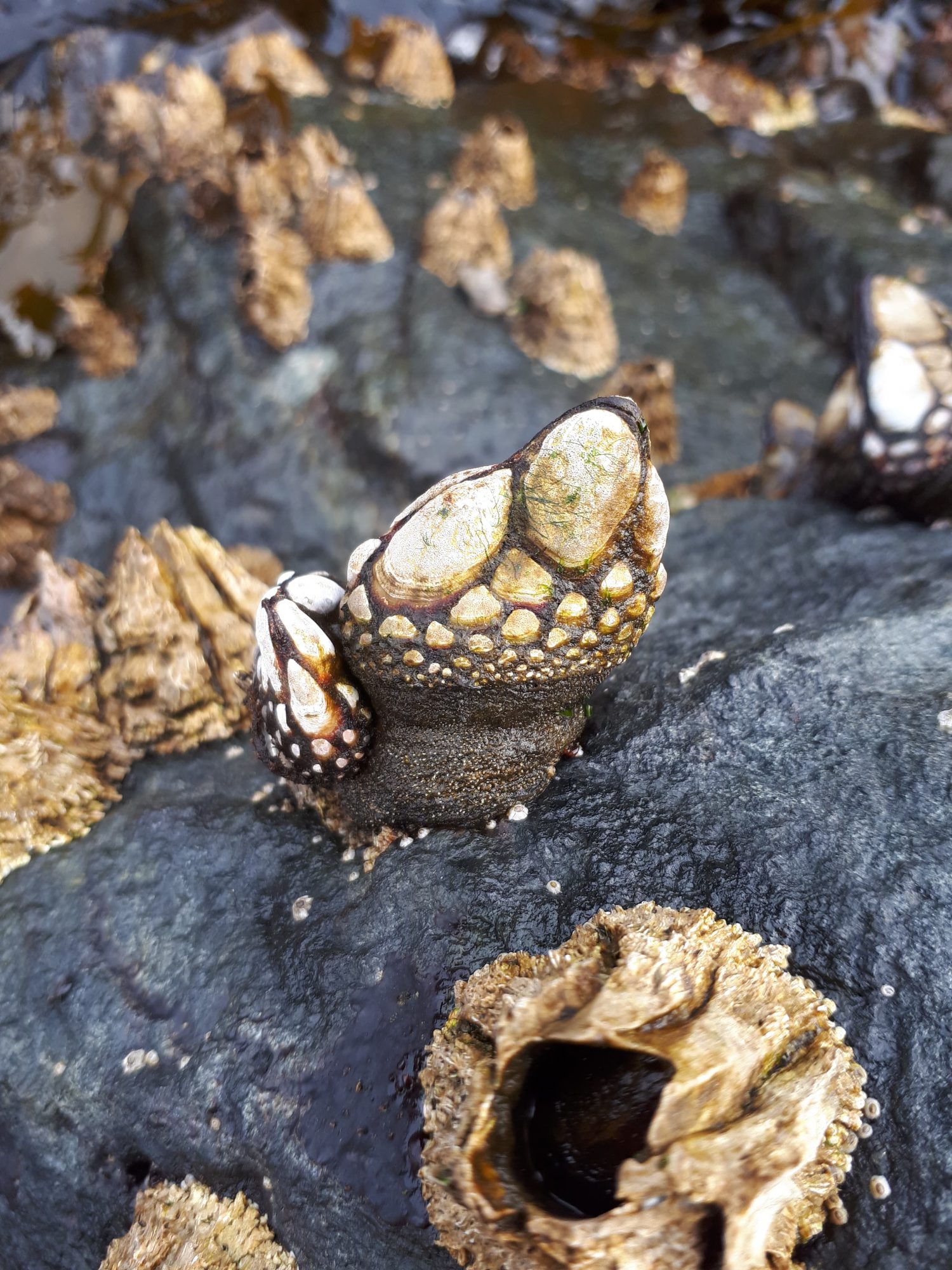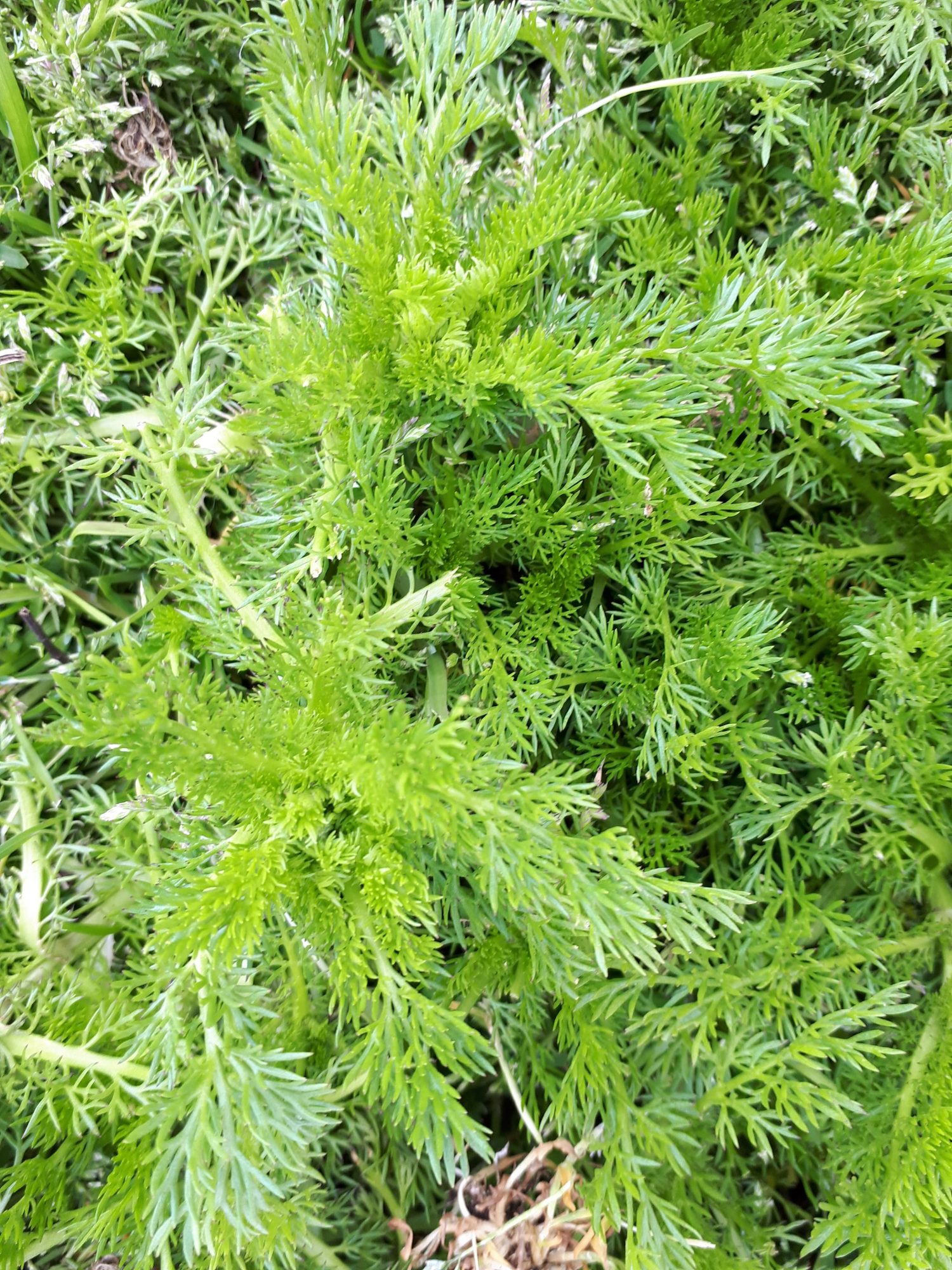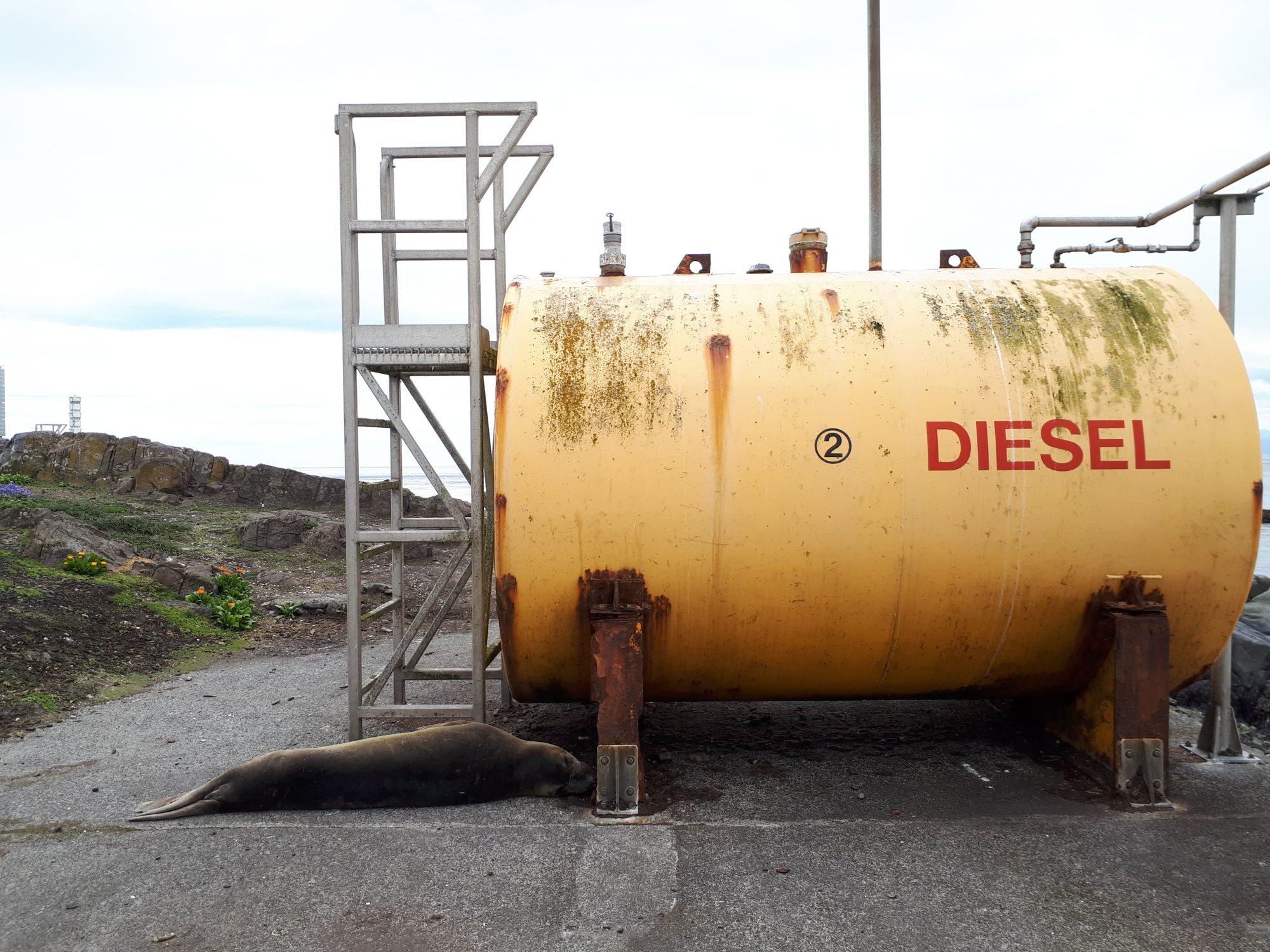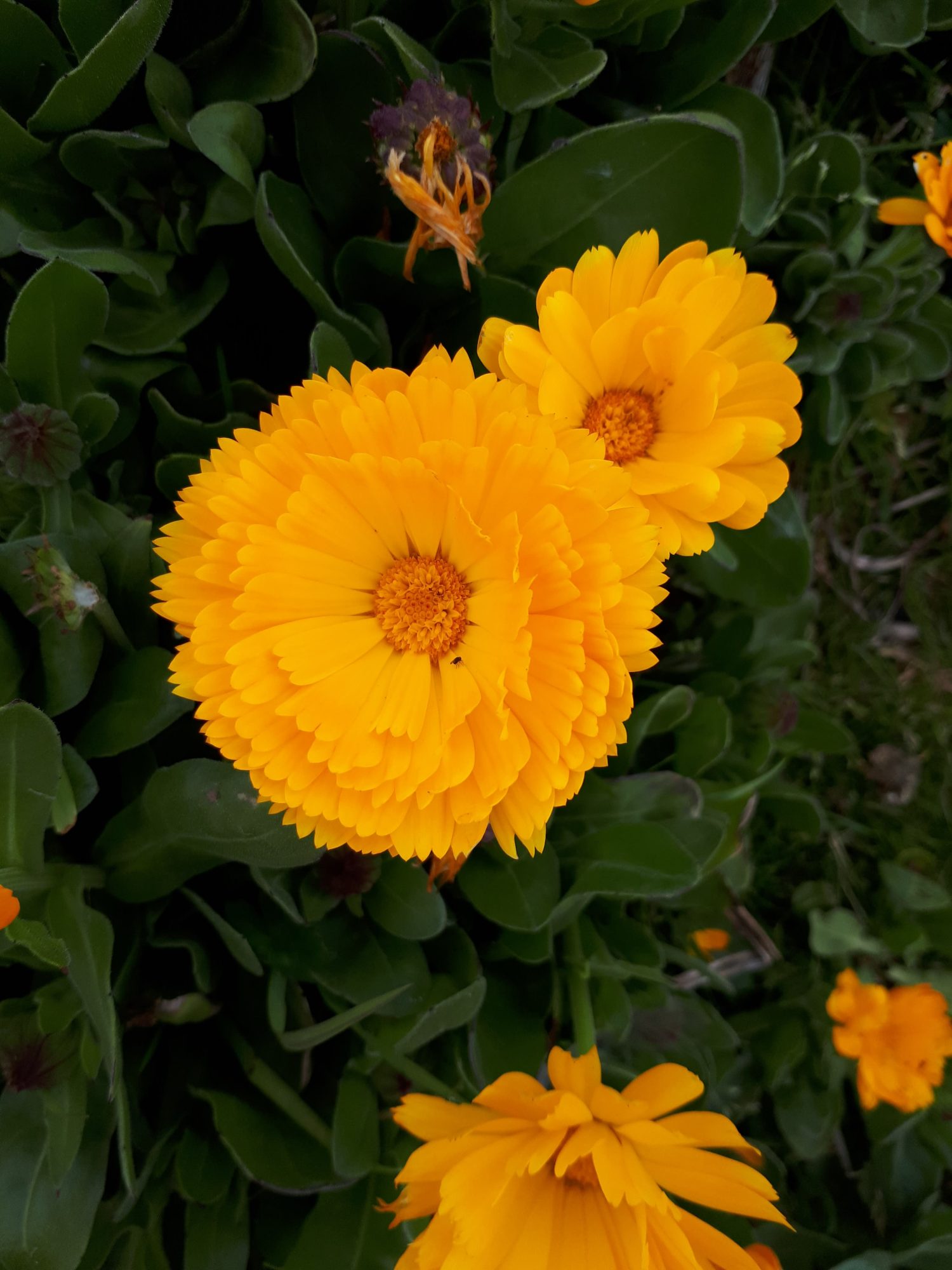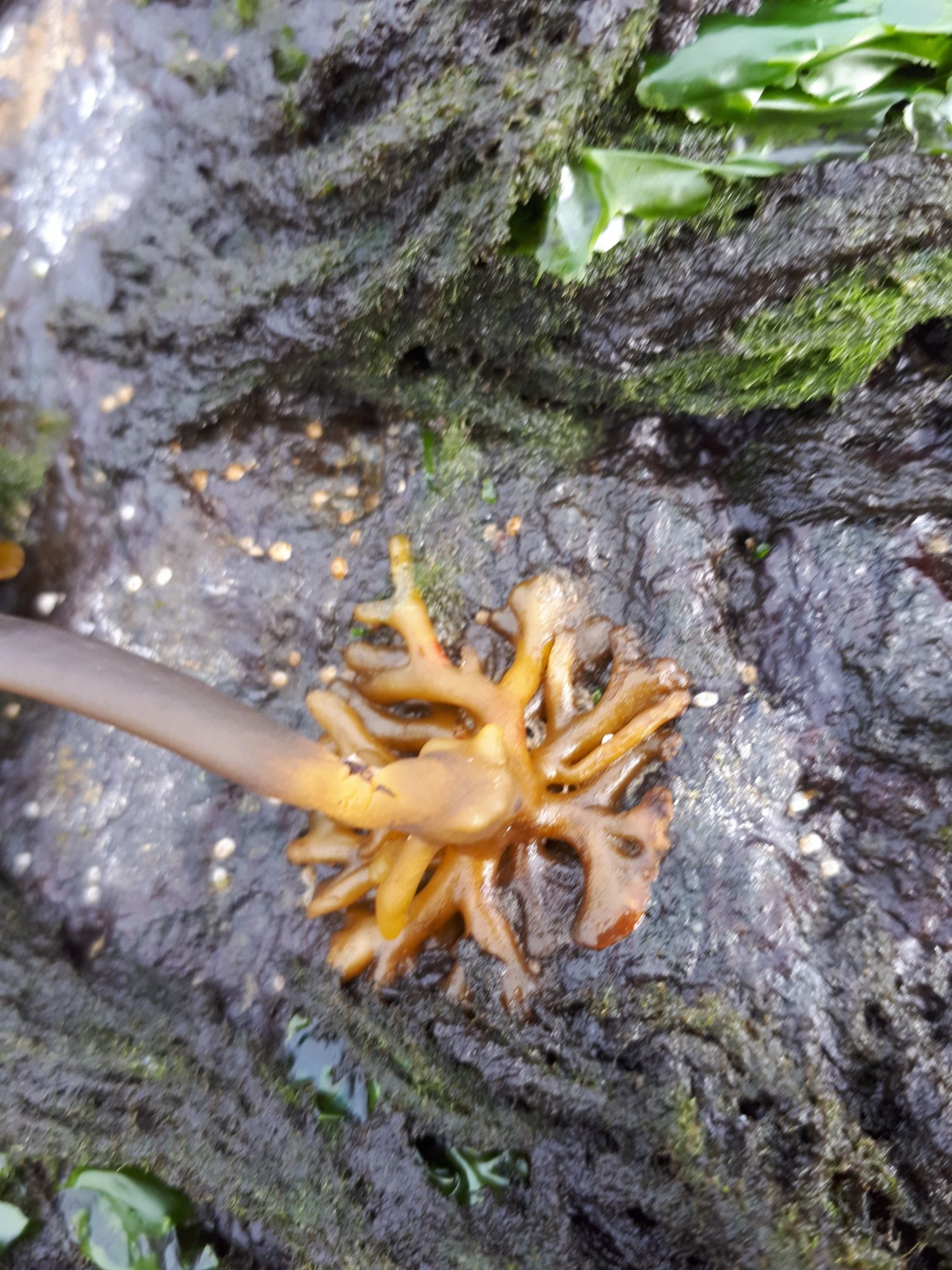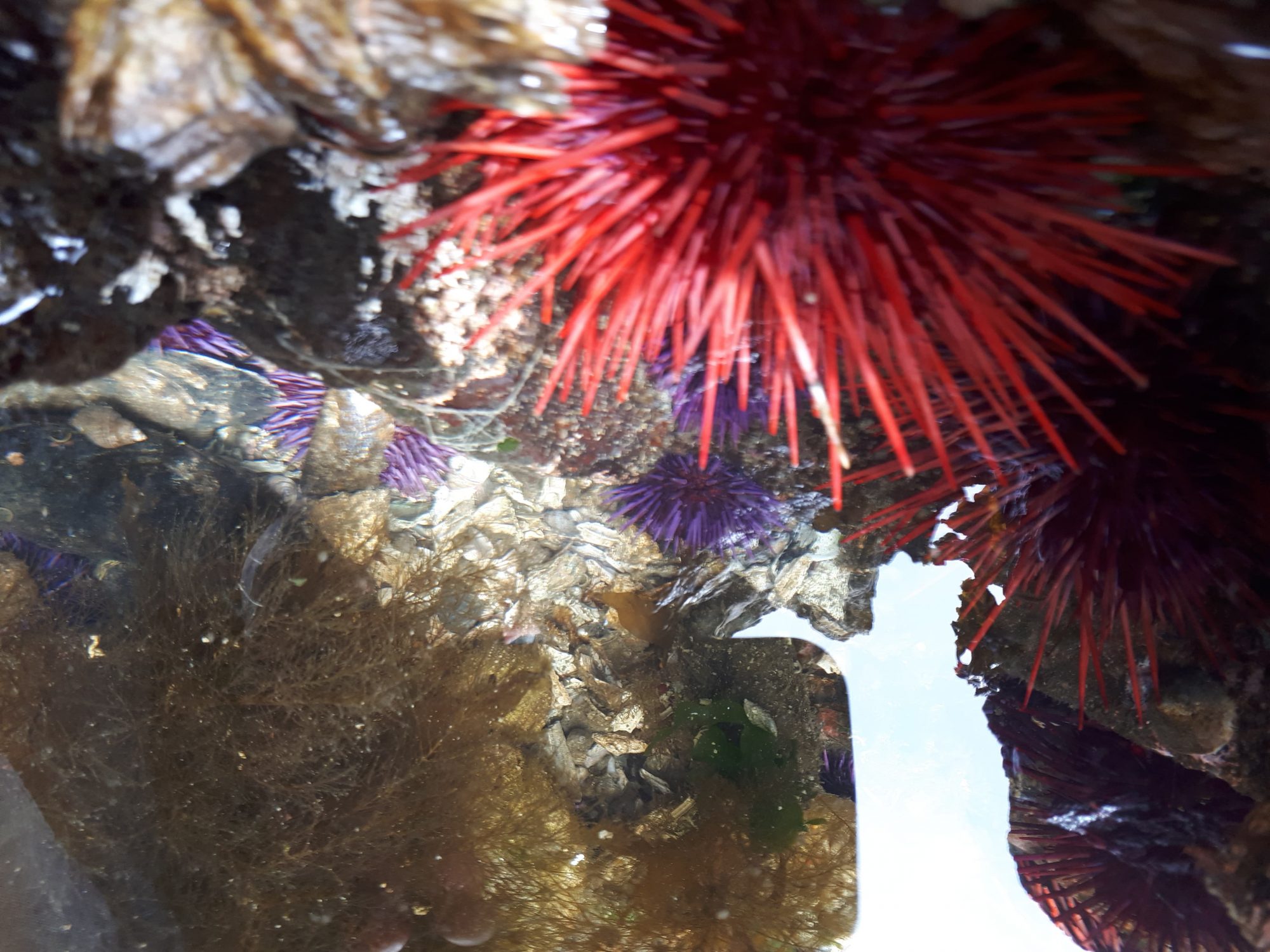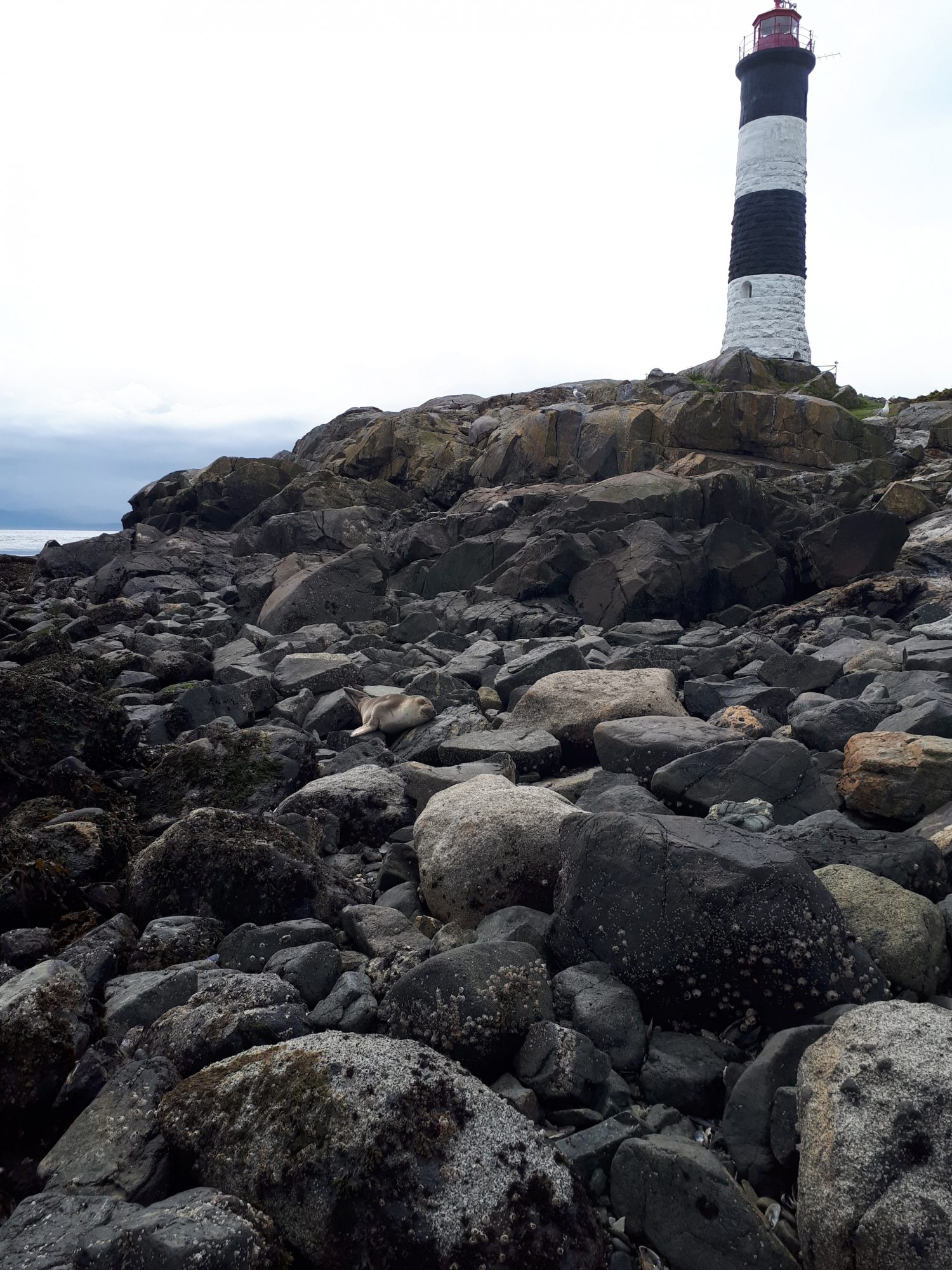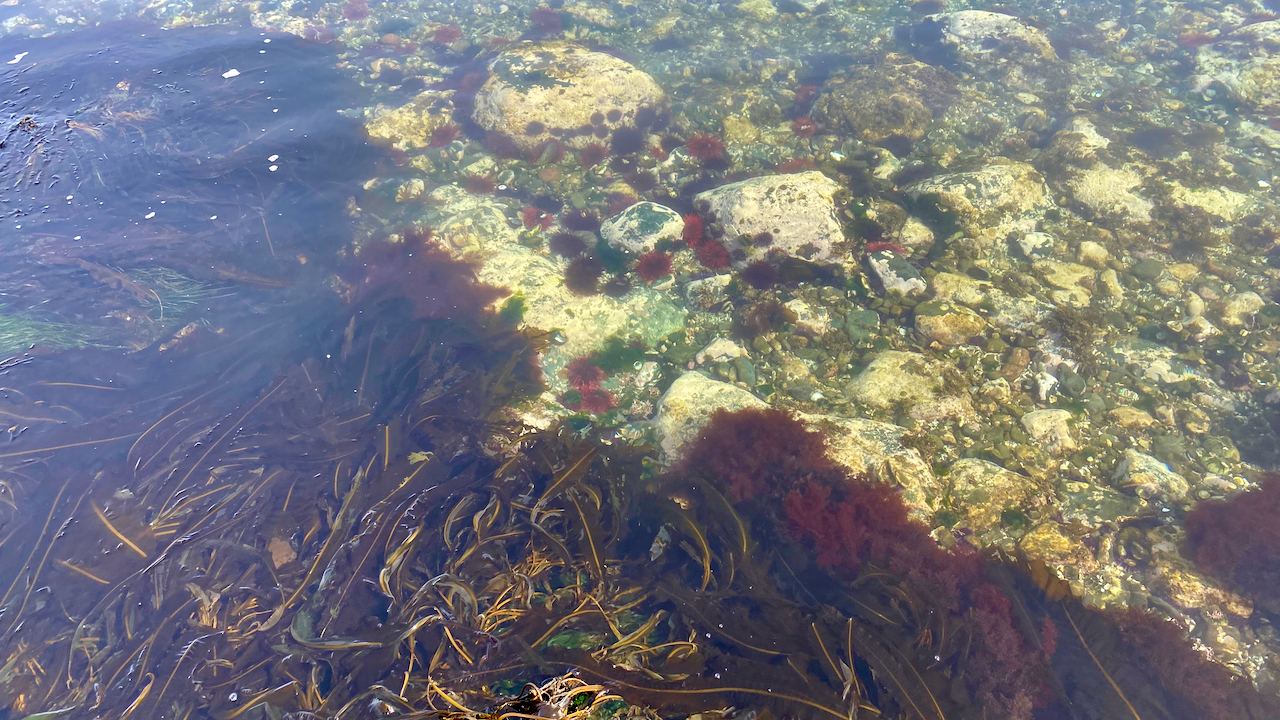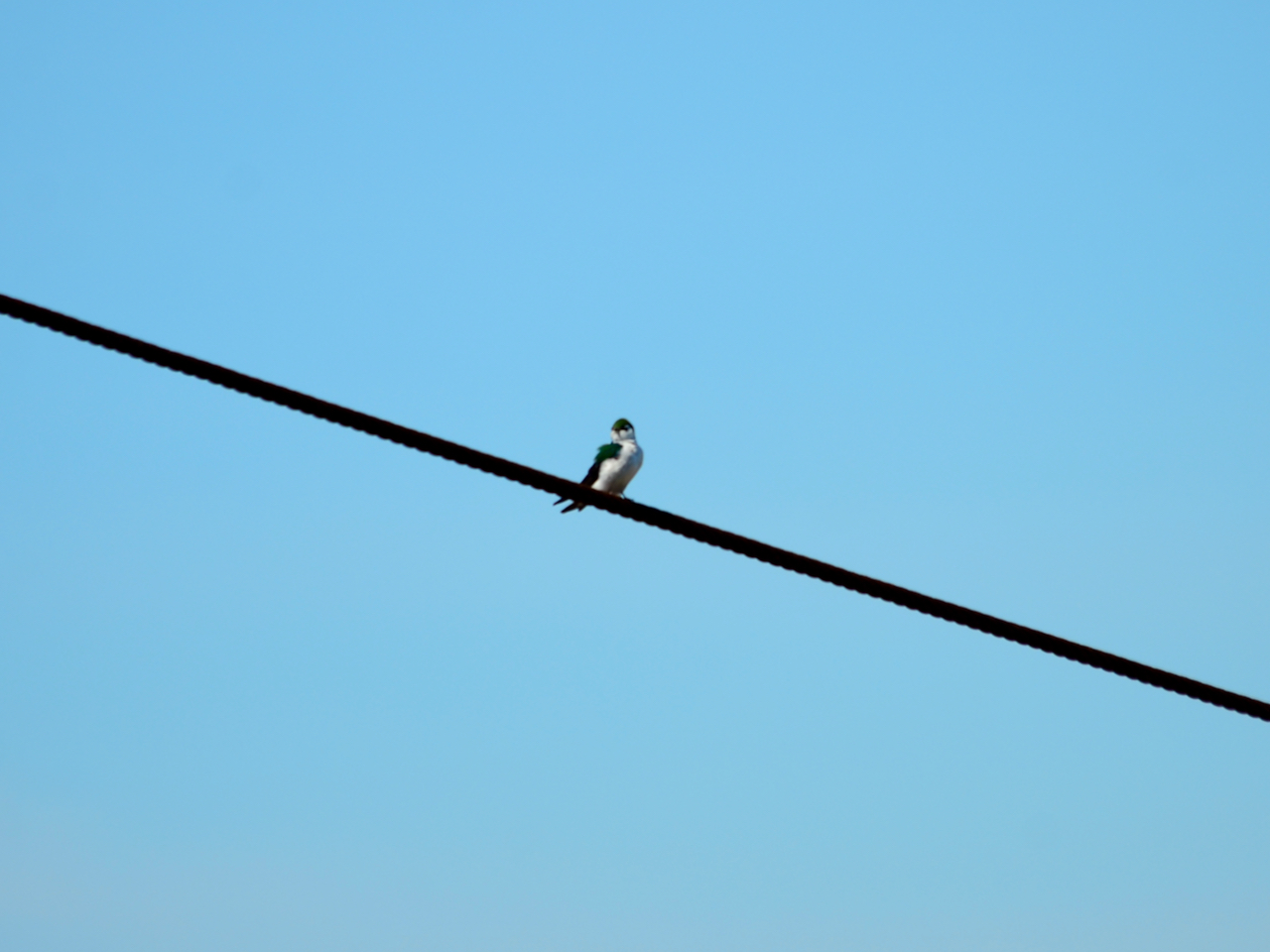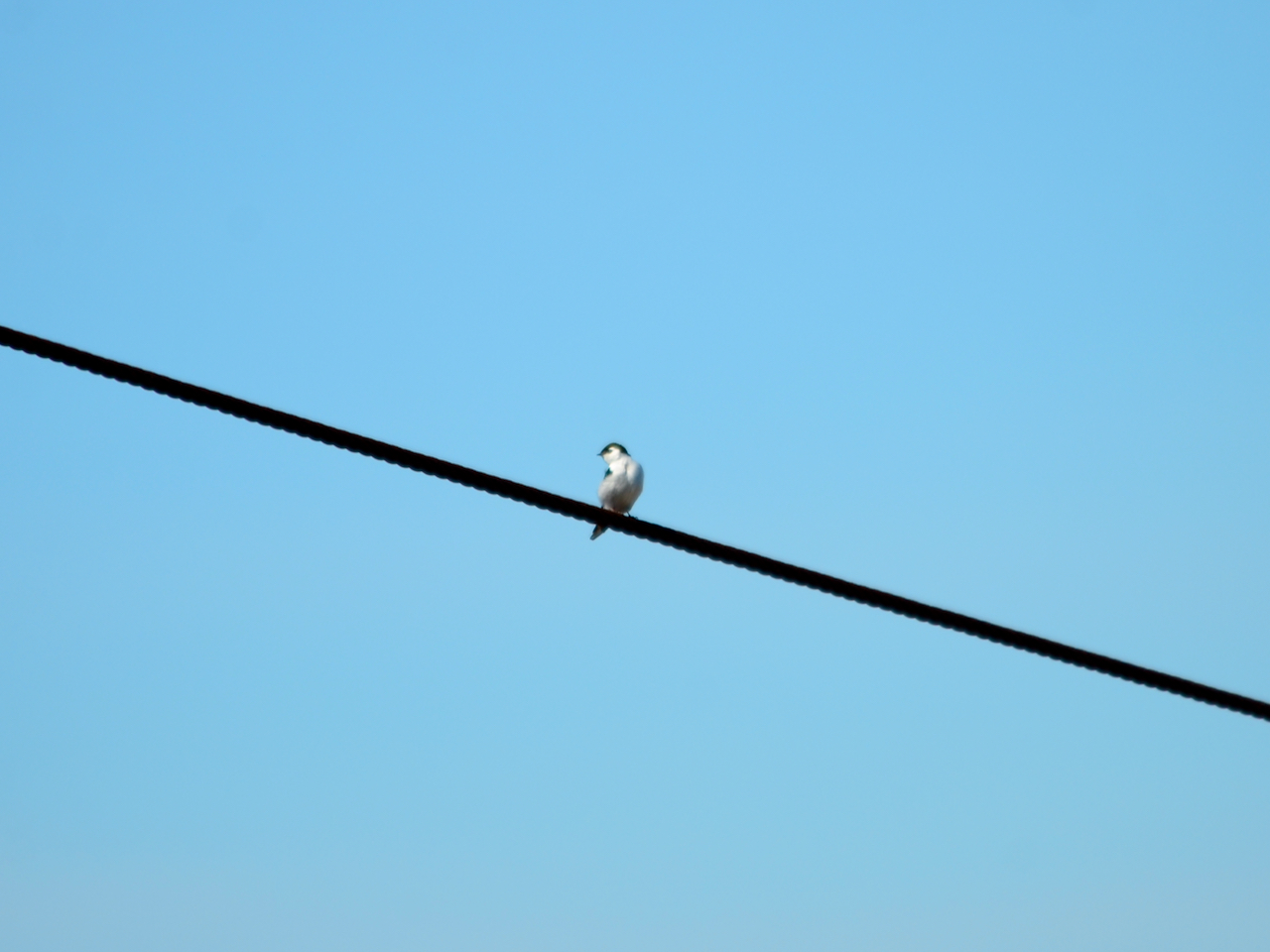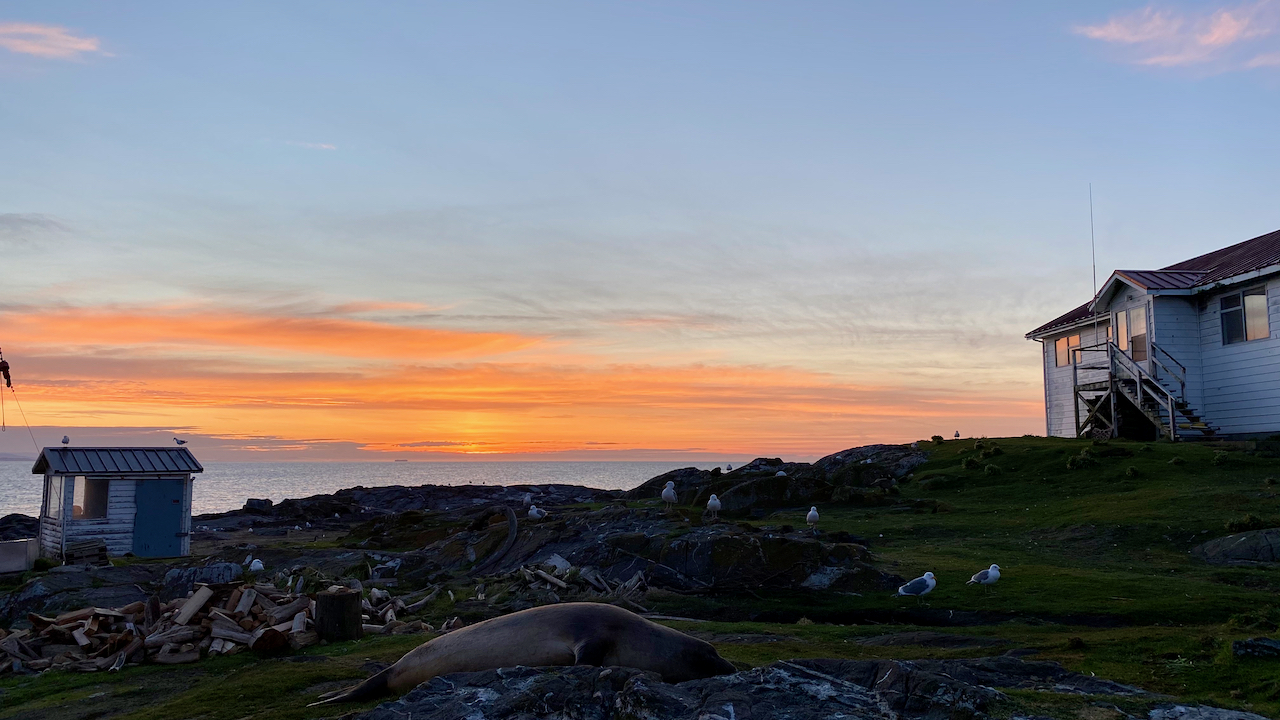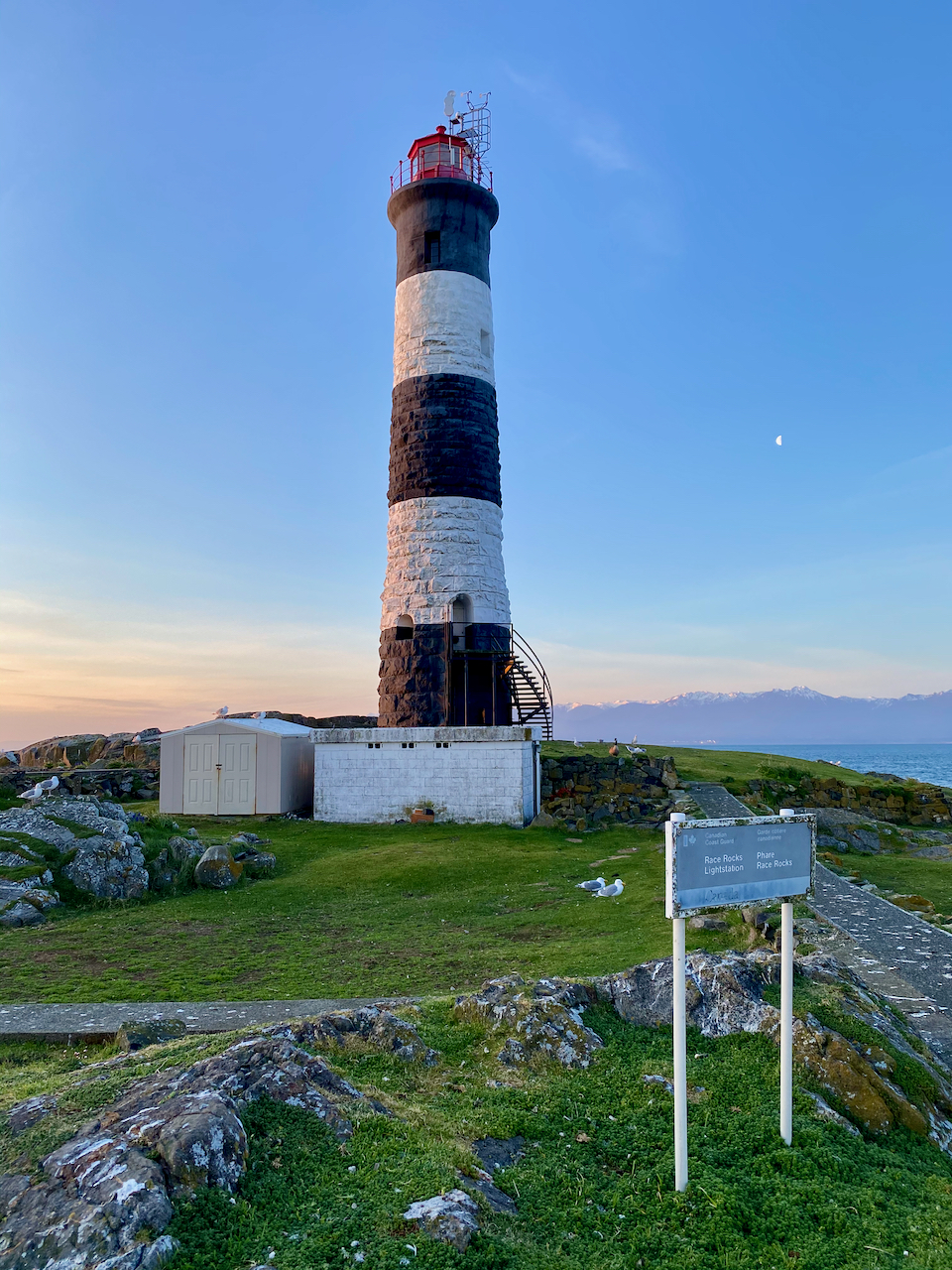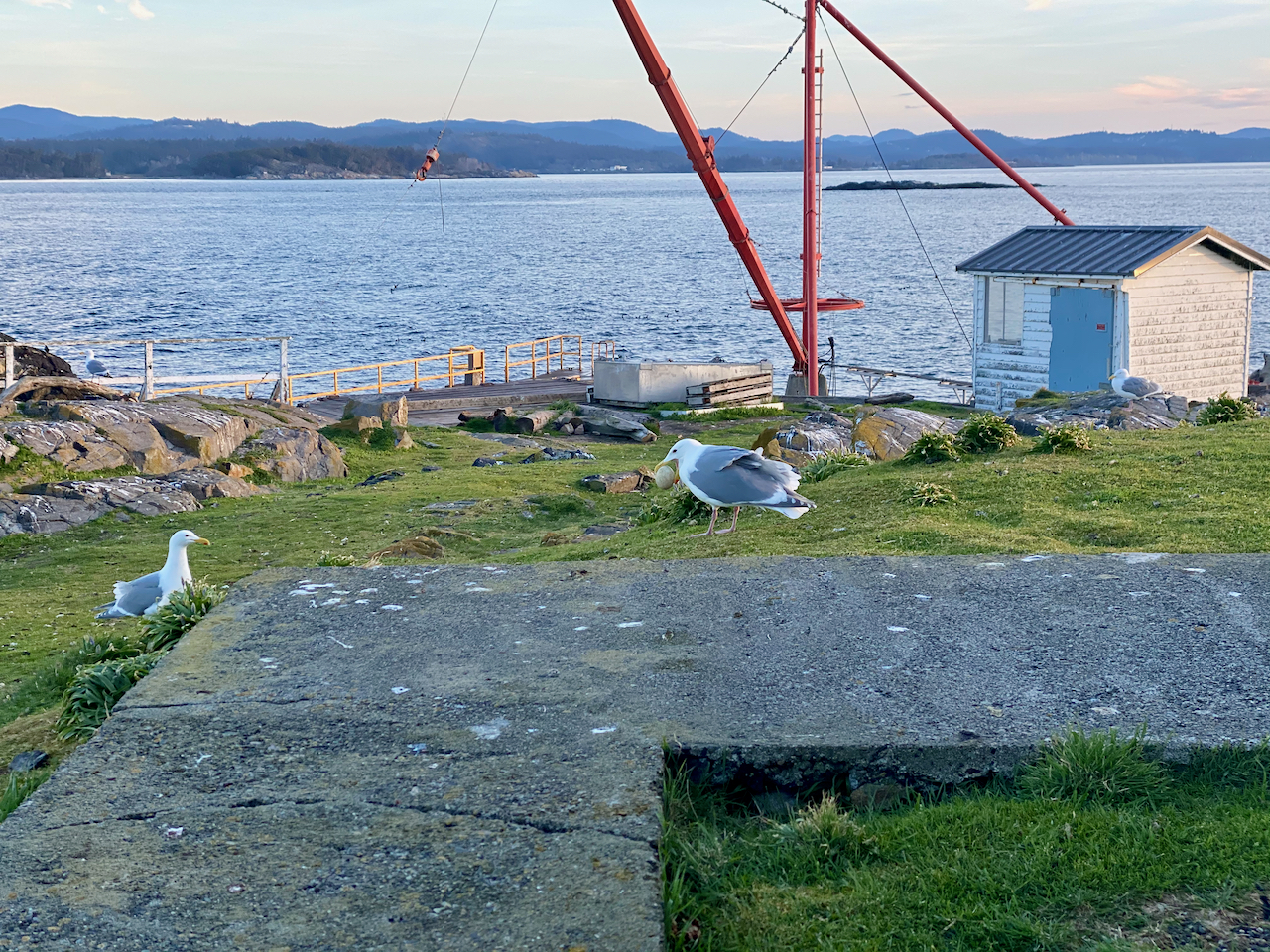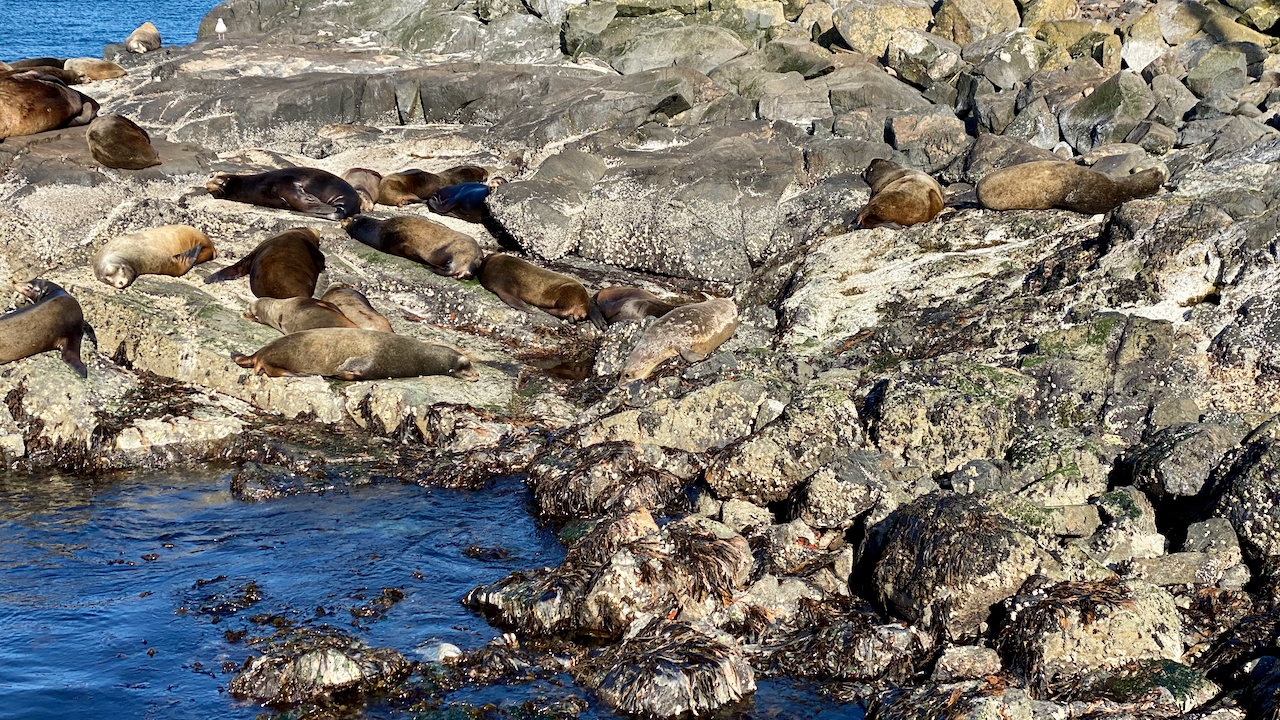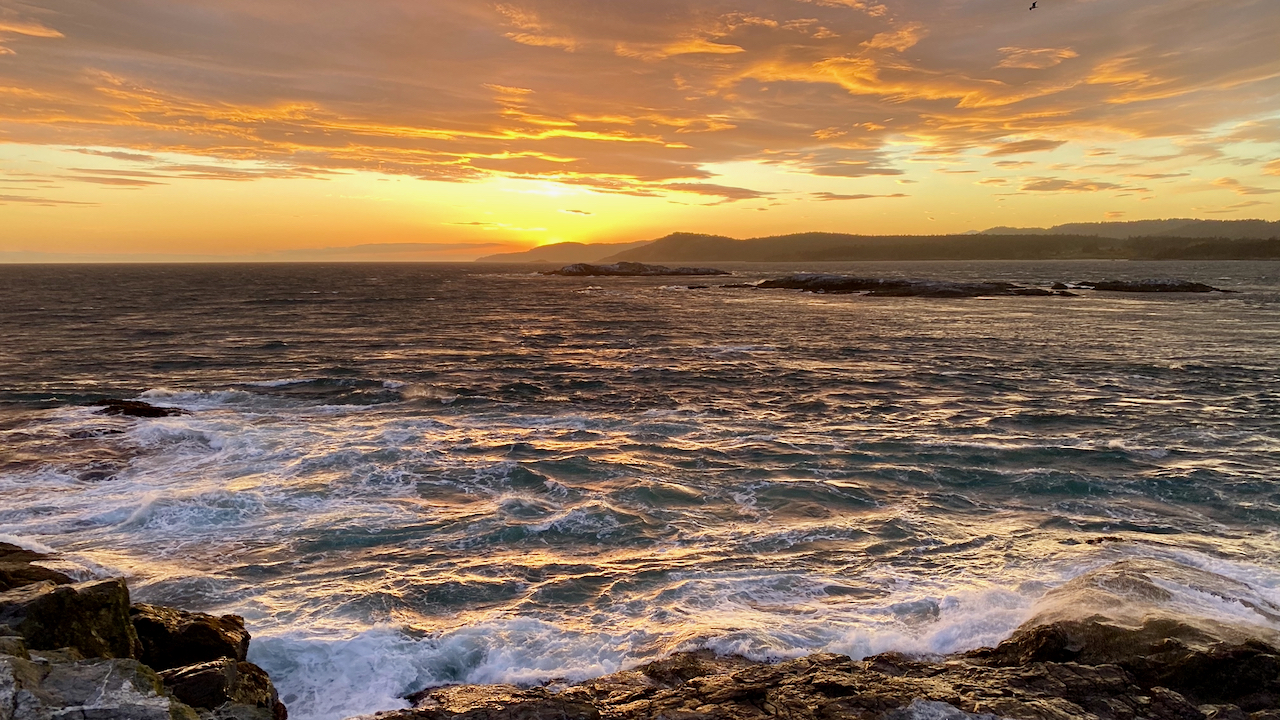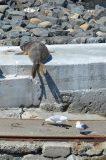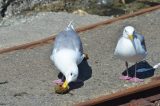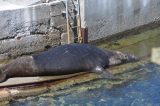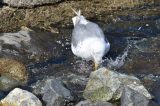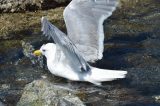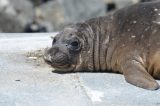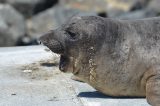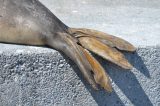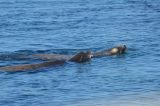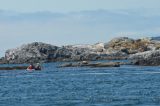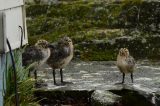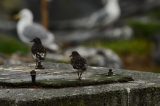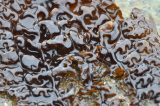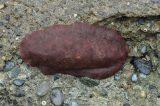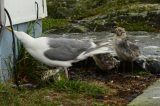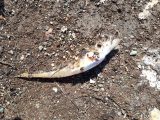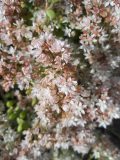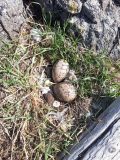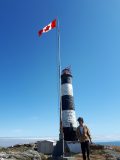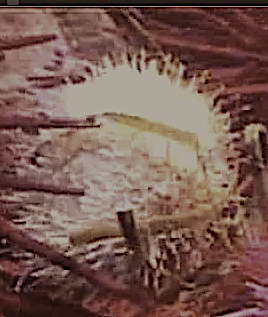
See this green urchin in the video and compare it with the purple and red urchins
Green Sea Urchin: average size is 50-60 mm, but may reach a maximum size of about 85 mm.
Distribution: The green sea urchin is one of the most widely distributed of all Echinoderms. It has a circumpolar distribution, which extends into the Arctic regions of both the Atlantic and Pacific Oceans. It commonly inhabits the rocky subtidal zone from the low-tide mark down to a depth of 1200 m, but also occurs intertidally in tide pools.
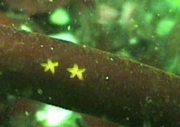
Diet: The green sea urchin primarily grazes on seaweeds (kelp being its preferred food source), but will also consume a wide variety of organisms including mussels, sand dollars, barnacles, whelks, periwinkles, sponges, bryozoans, dead fish, and – when hungry enough – other sea urchins.
This shows the grazing action of sea urchin teeth, arranged in a complex assemblage of small bones, the five teeth gouged out this star pattern in the stipe of a Pterygophora.

The skeleton of the sea urchin is called a “.test”. The radial symmetry is reflected in the placement of all the tube feet holes. Here you can see the size of a green urchin compared to a red urchin
Reproduction: Green sea urchins release their gametes into the water column where the eggs are fertilized by the sperm. The sexes are separate. The resulting larva (termed an “echinopluteus”) undergoes development planktonically for a period of one to several months before settling on the sea floor and metamorphosing into the adult form. Reproduction occurs on an annual cycle with spawning occurring in the spring, generally between February and May, but sometimes as late as June. See the Lab on Sea urchin Embryology.
This video from underwater Safari shows a wolf eel crunching a sea urchin…
Behavior: Where urchins occur at high density, destructive grazing can produce habitats devoid of seaweeds. These areas may be termed “sea urchin barren grounds”.. When sea urchins are removed from these sites, either manually or by disease, the reduction in grazing pressure often results in the development of highly productive kelp forests. These kelp beds provide shelter for a wide variety of marine organisms (e.g. fish, lobsters, crabs, sea stars, bivalves, gastropods, bryozoans) and the habitat is typically much more diverse than barren grounds. Hence, sea urchins are one of the principal factors controlling habitat diversity in the rocky subtidal environment.
